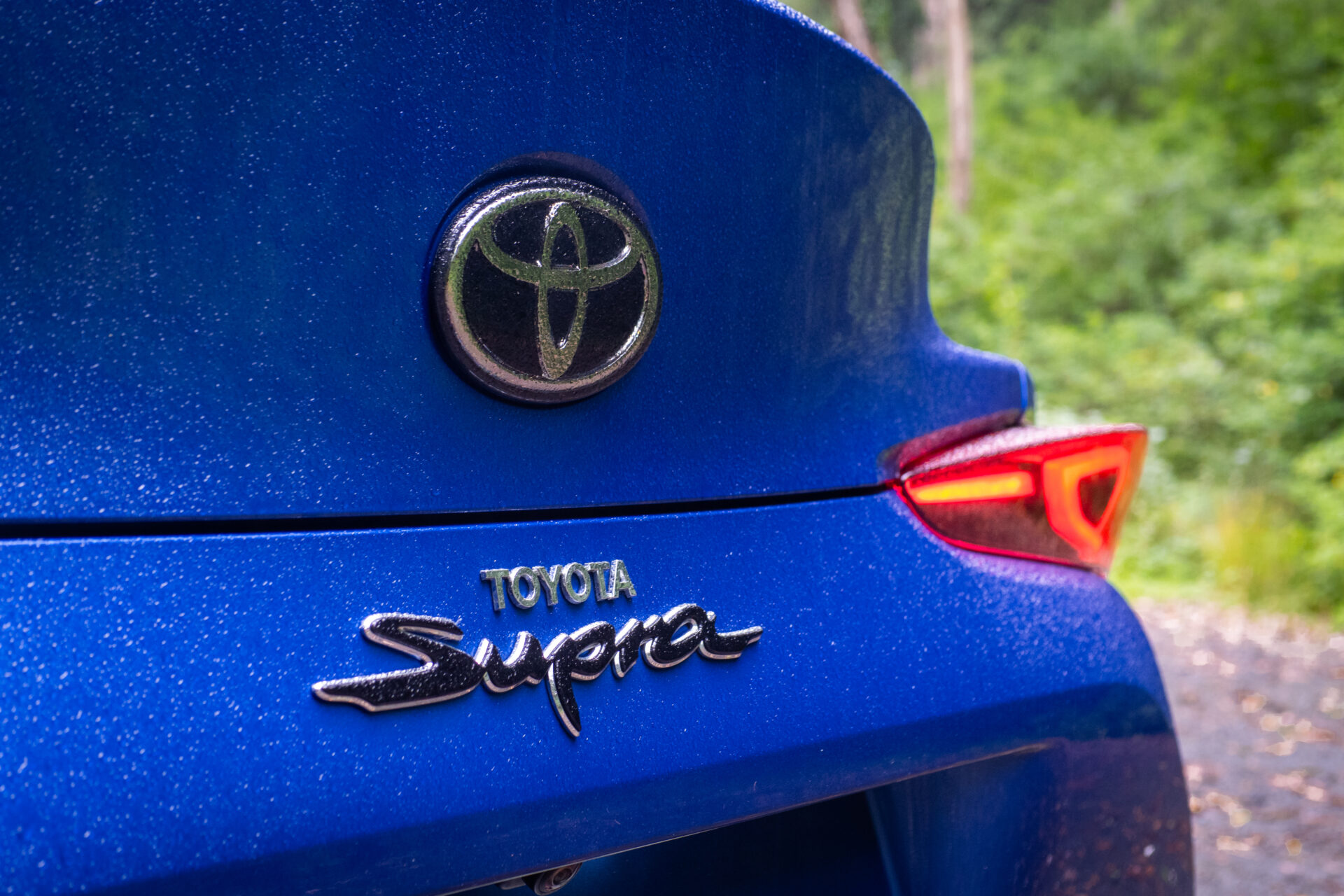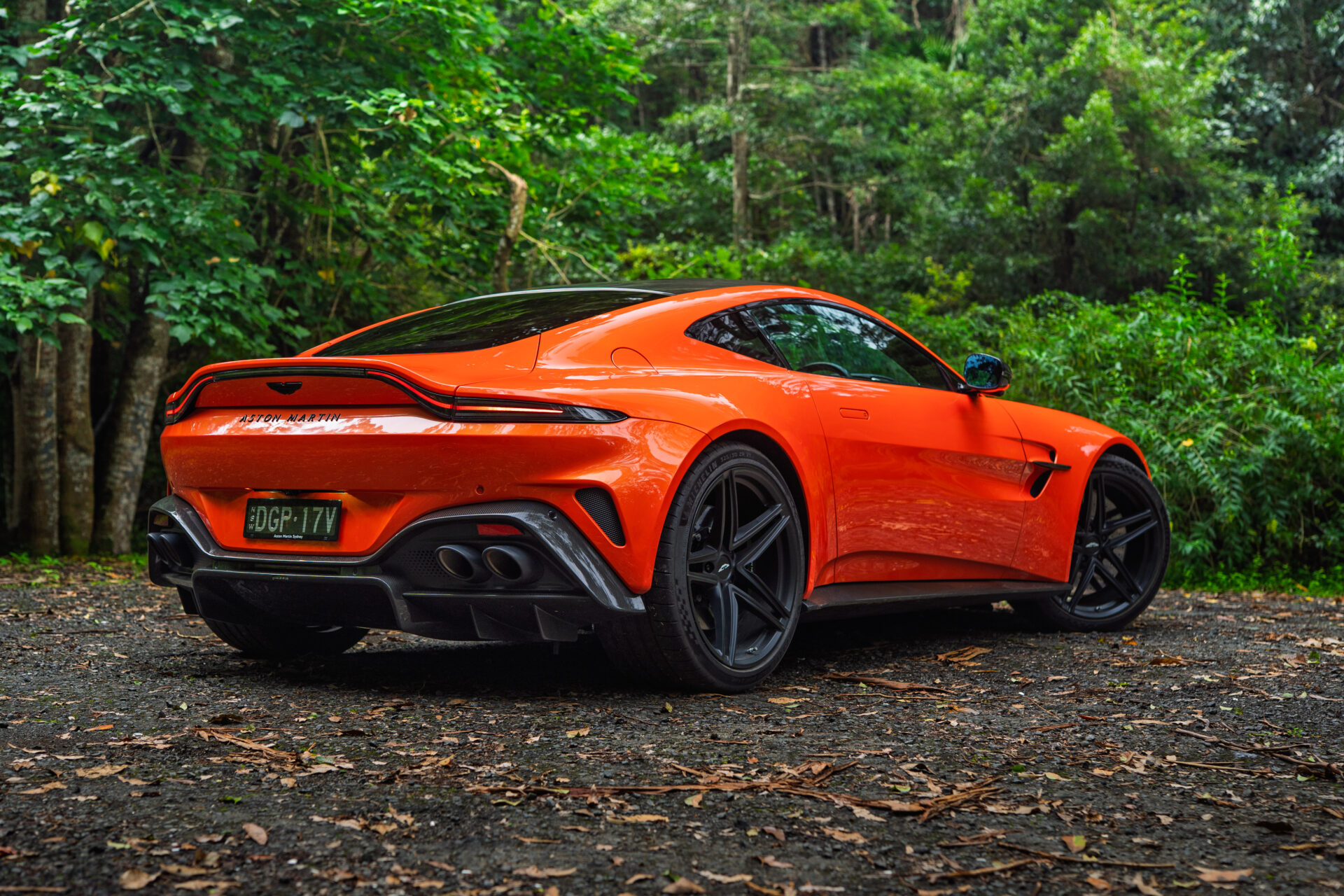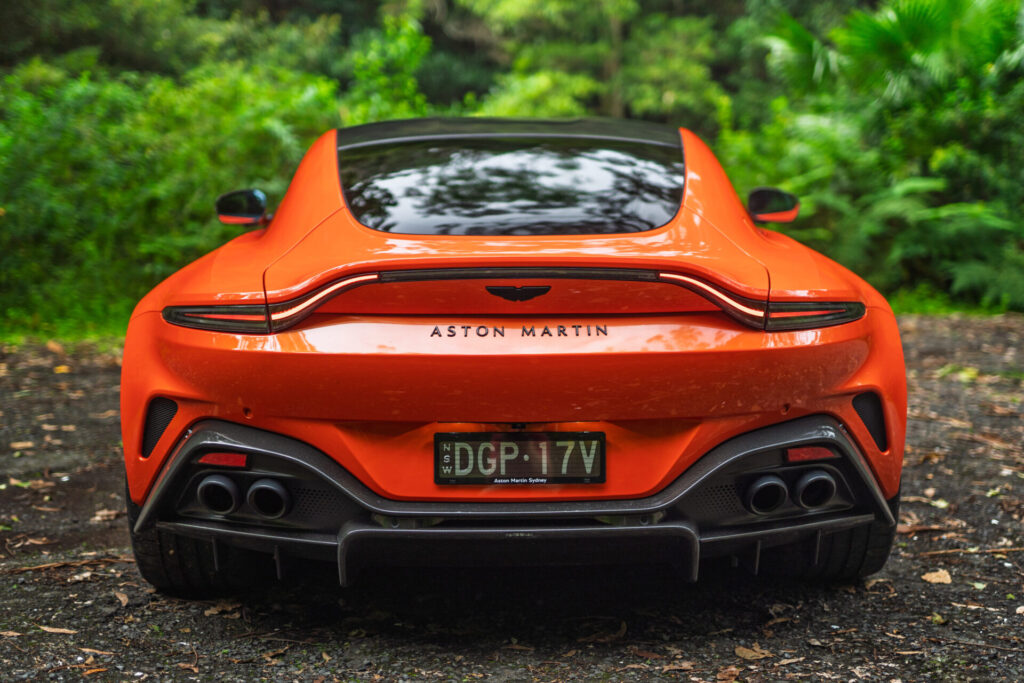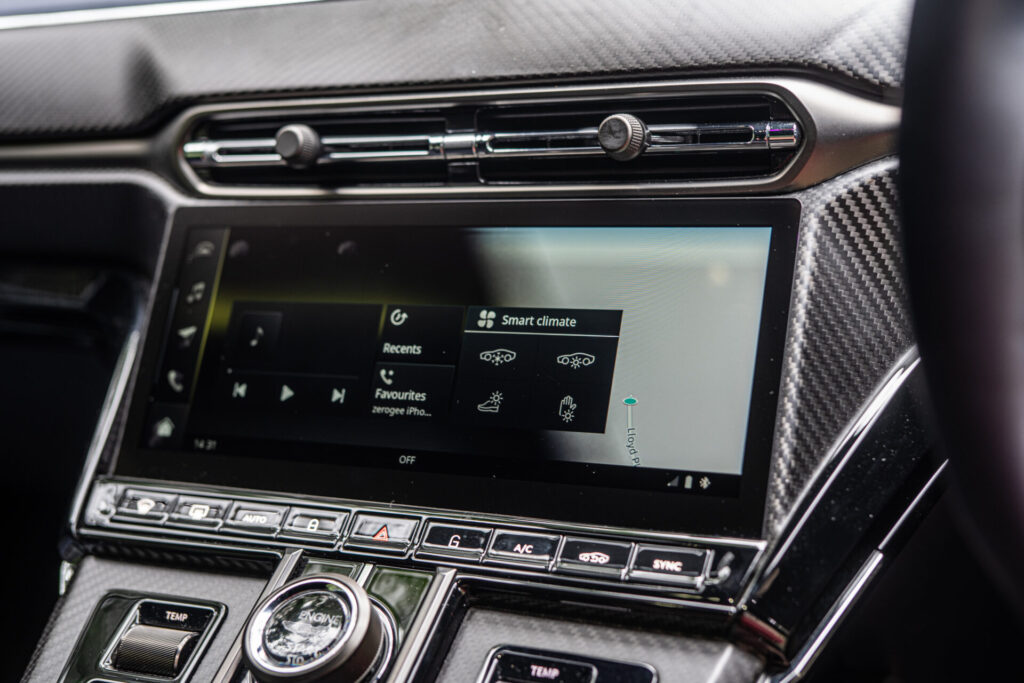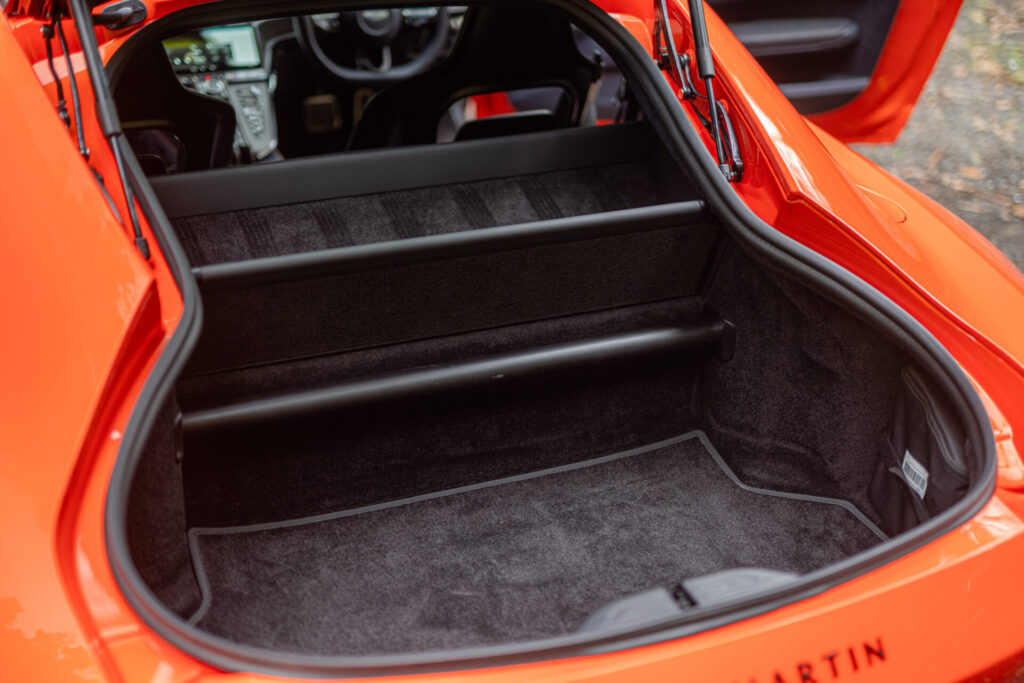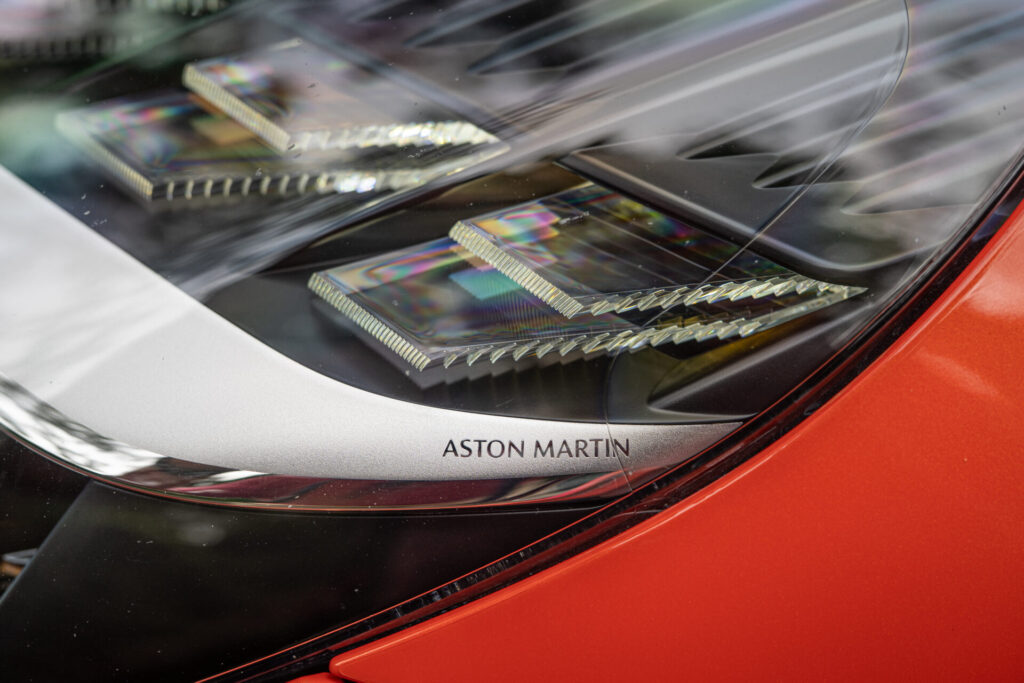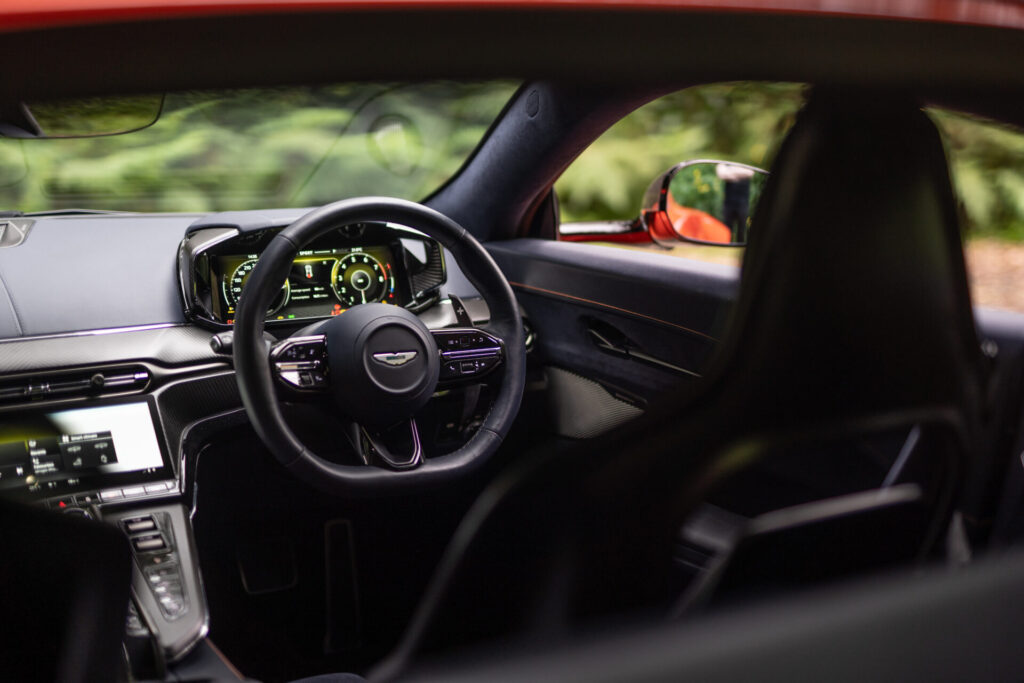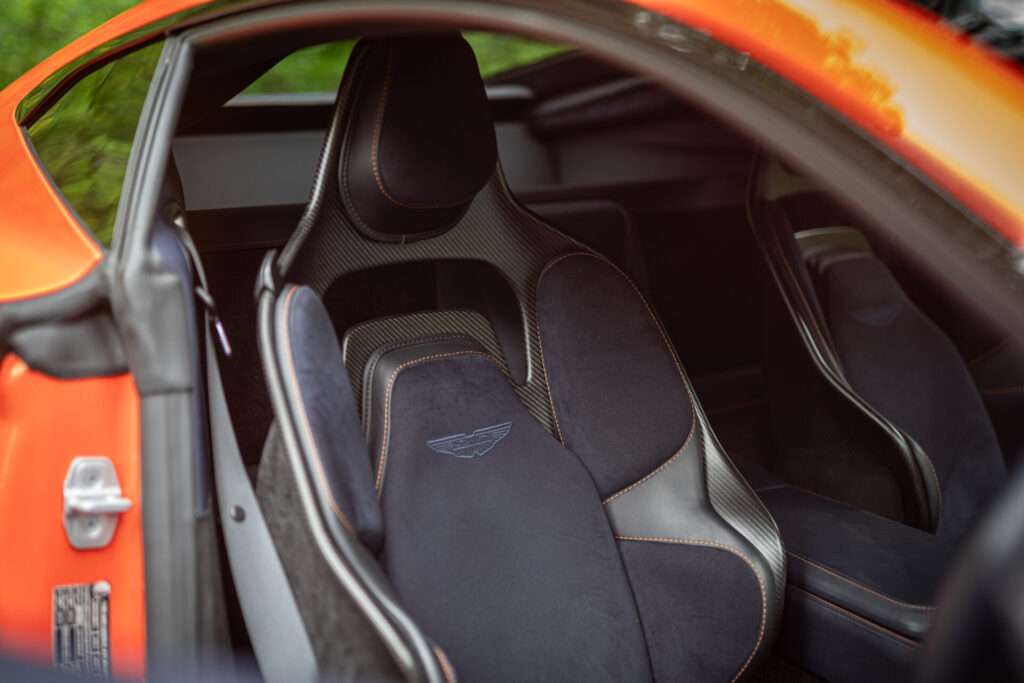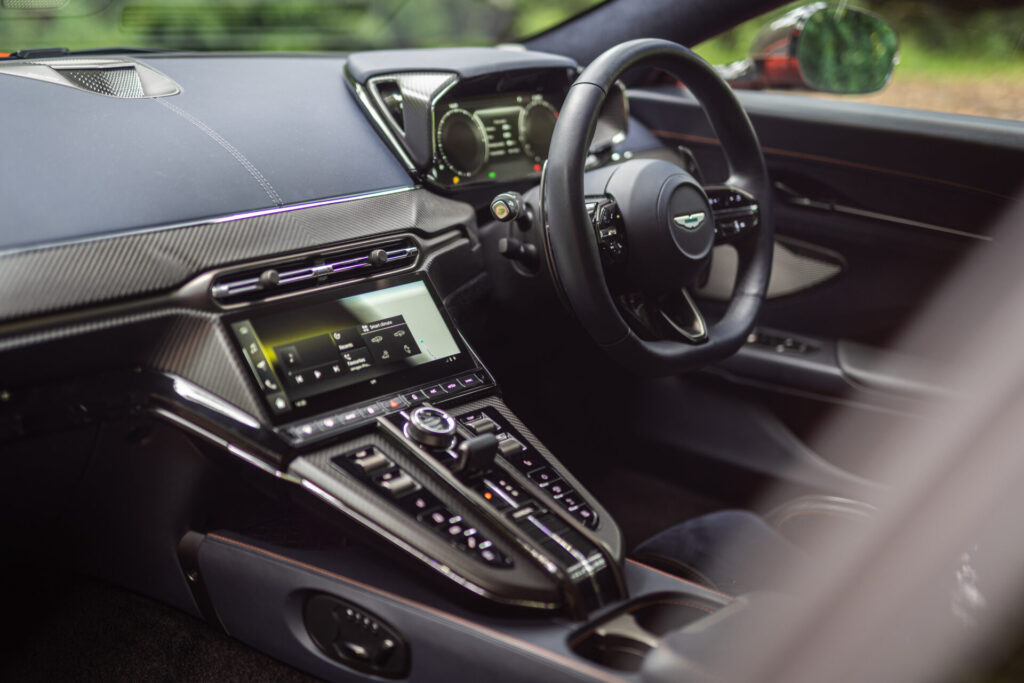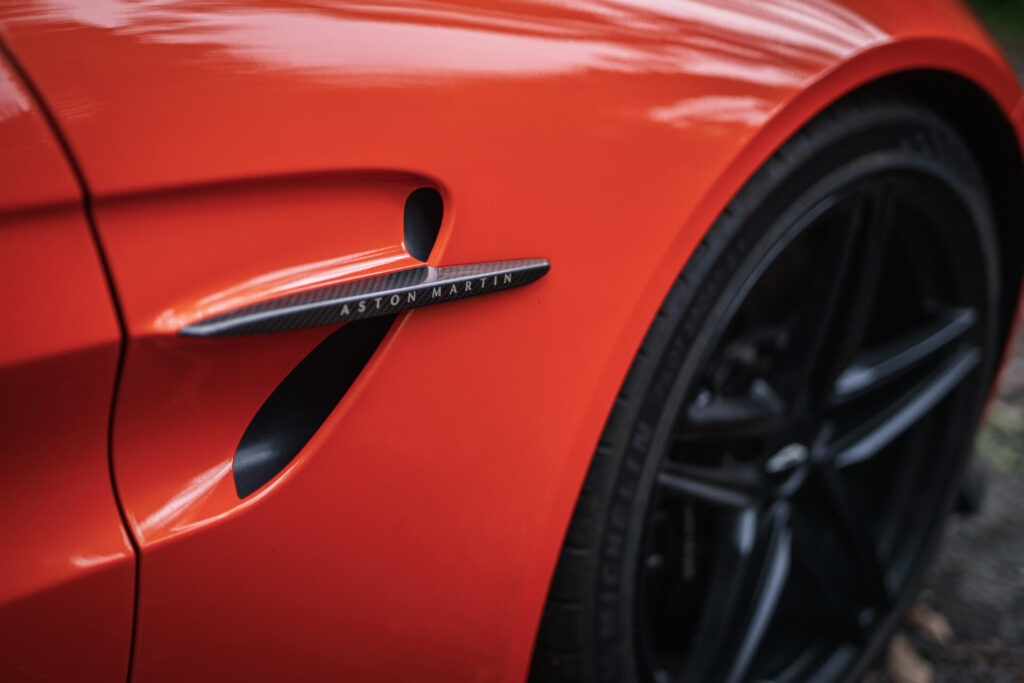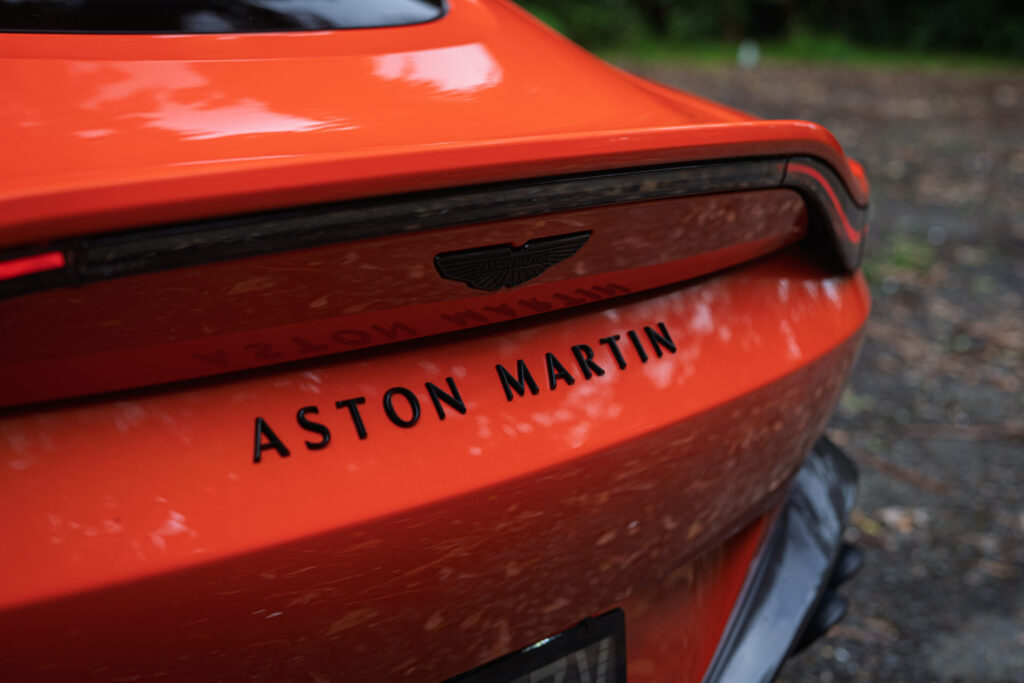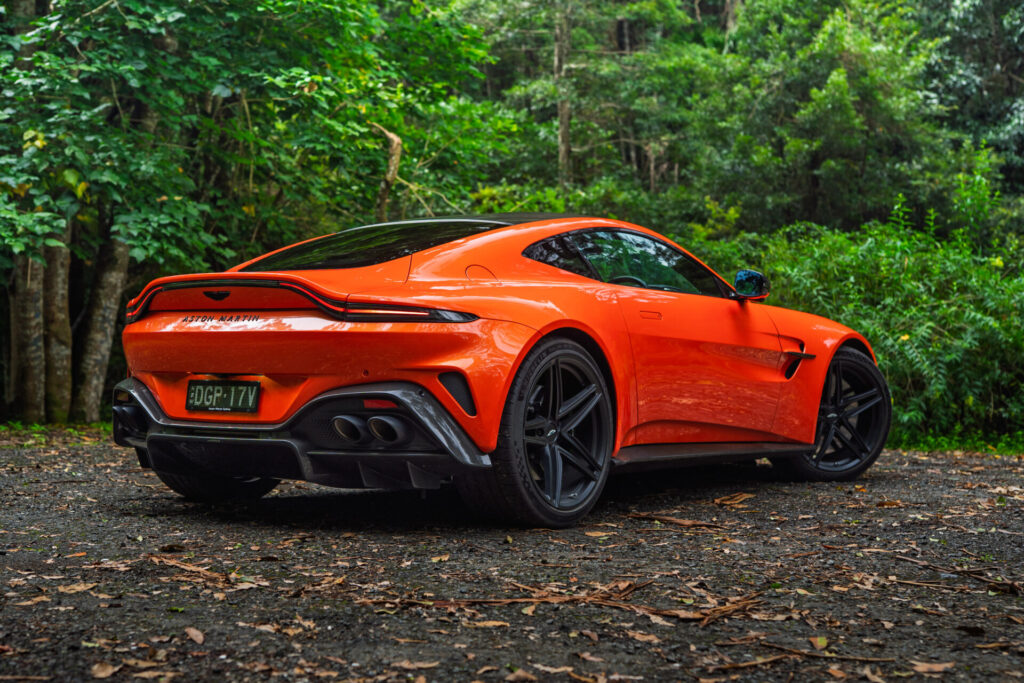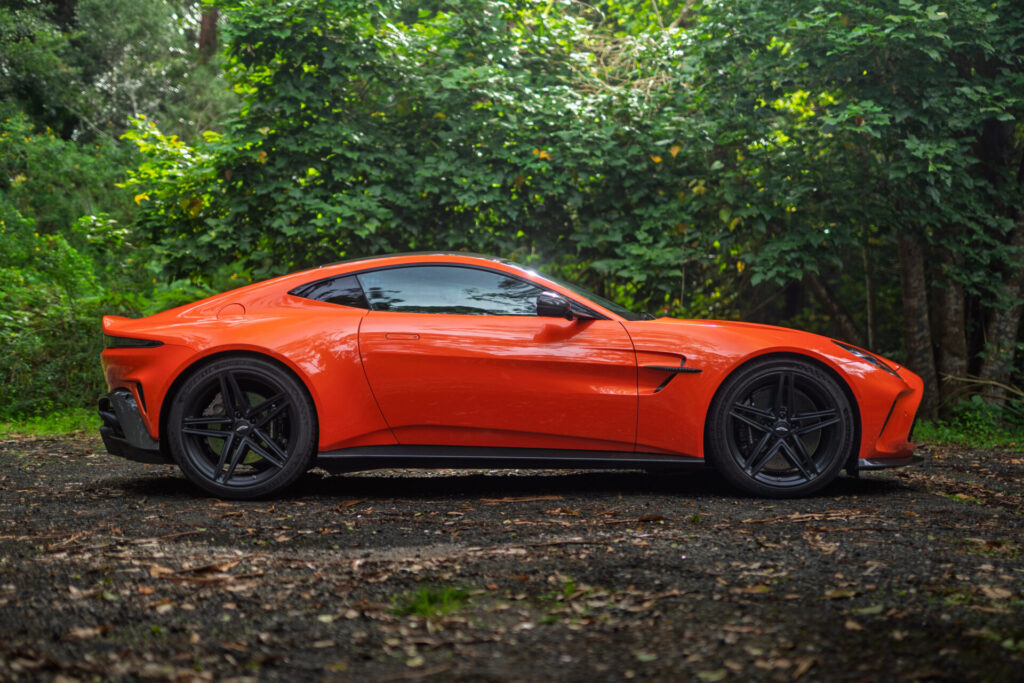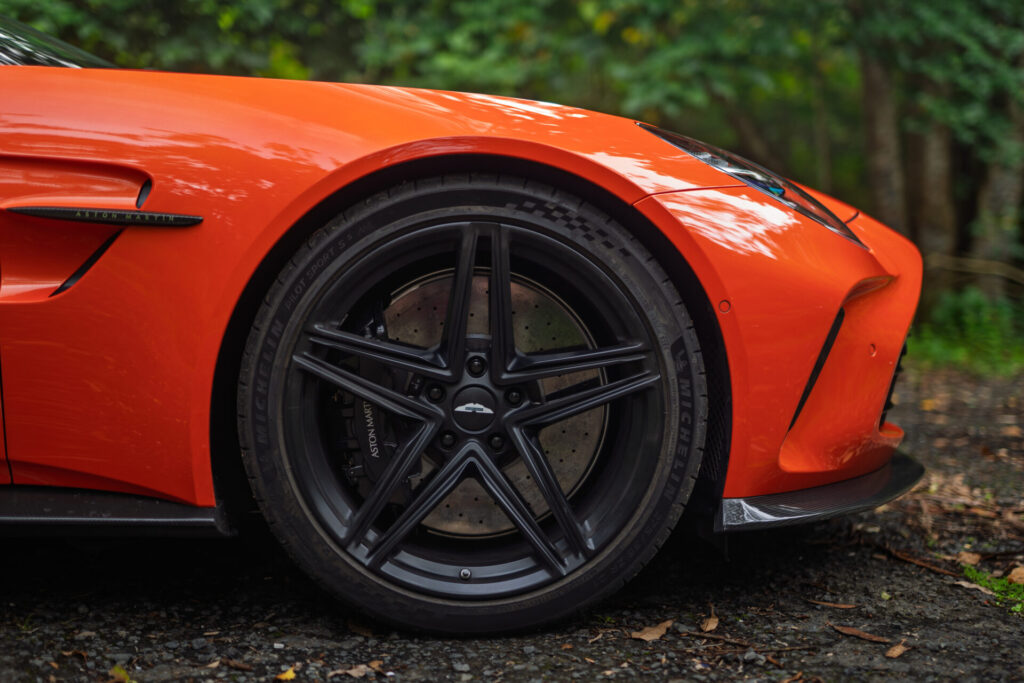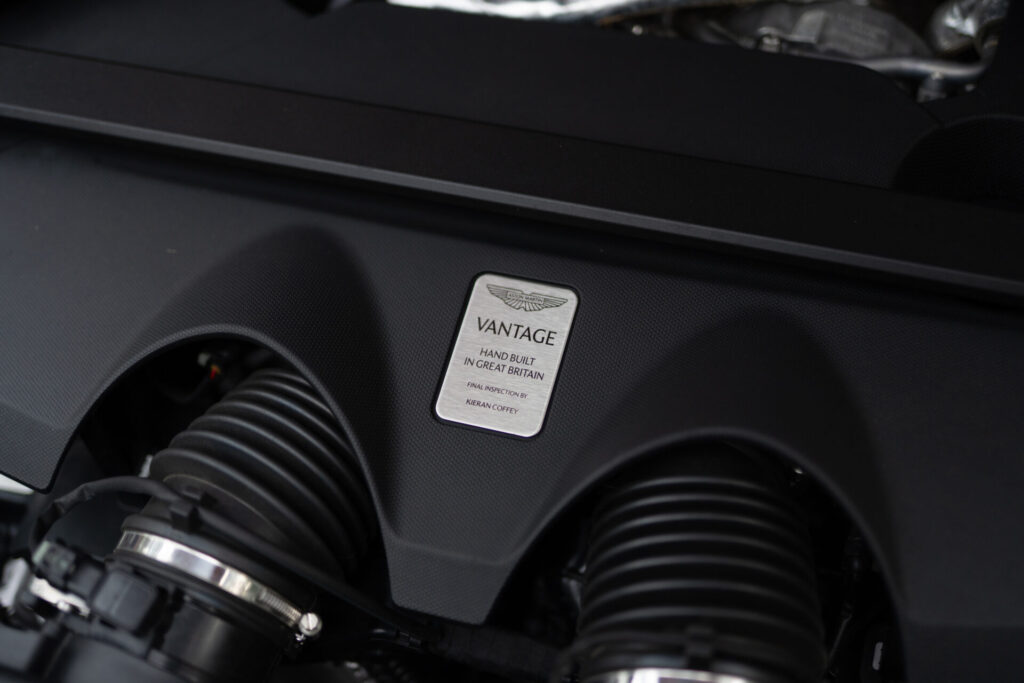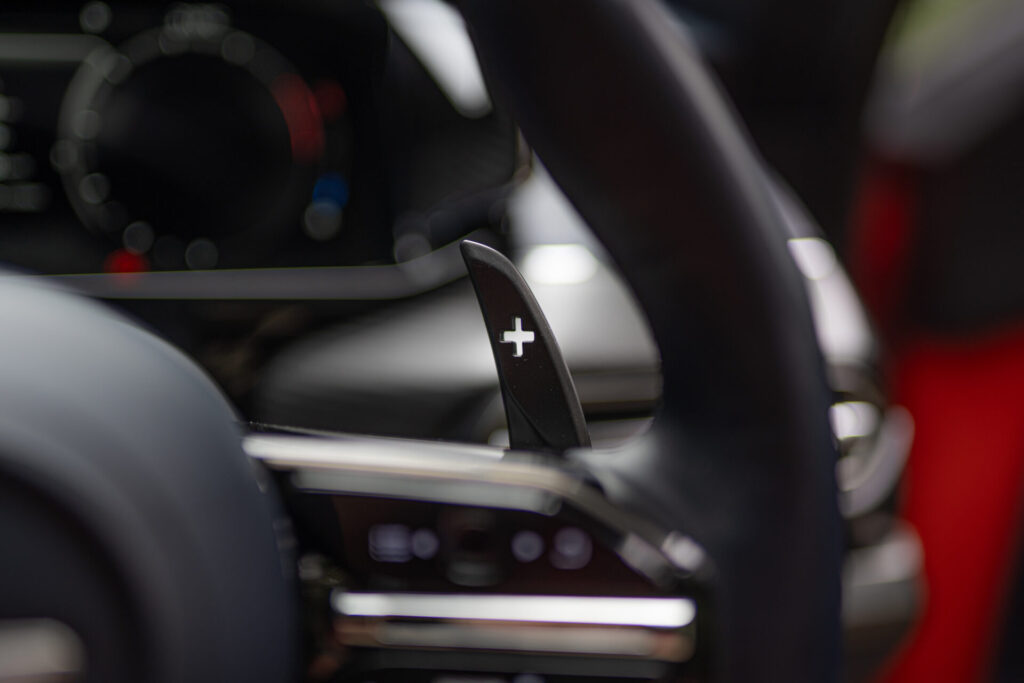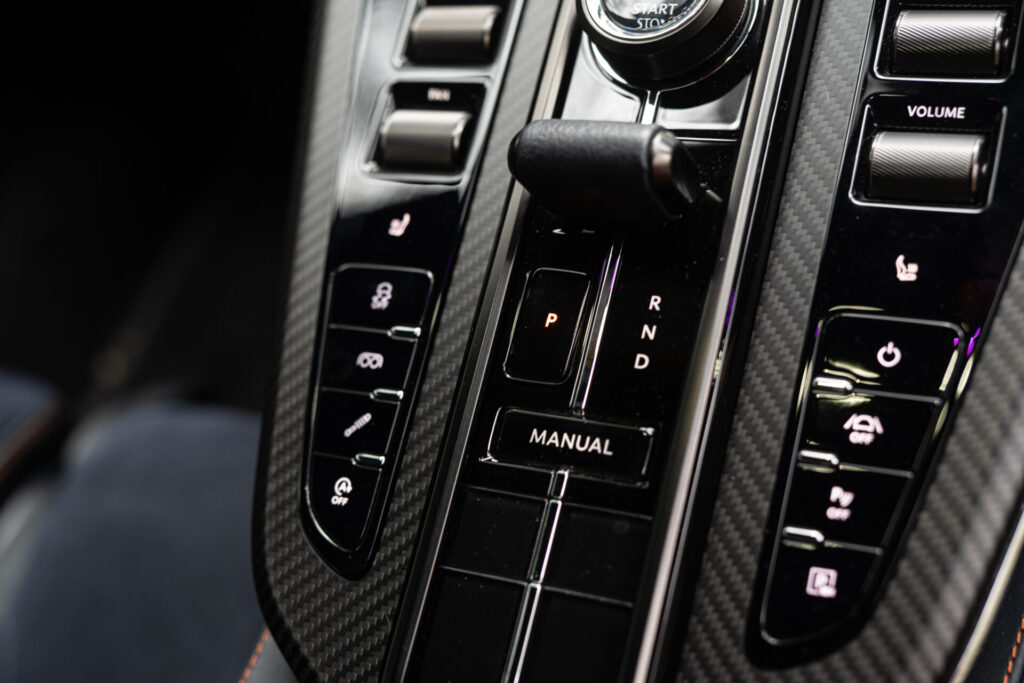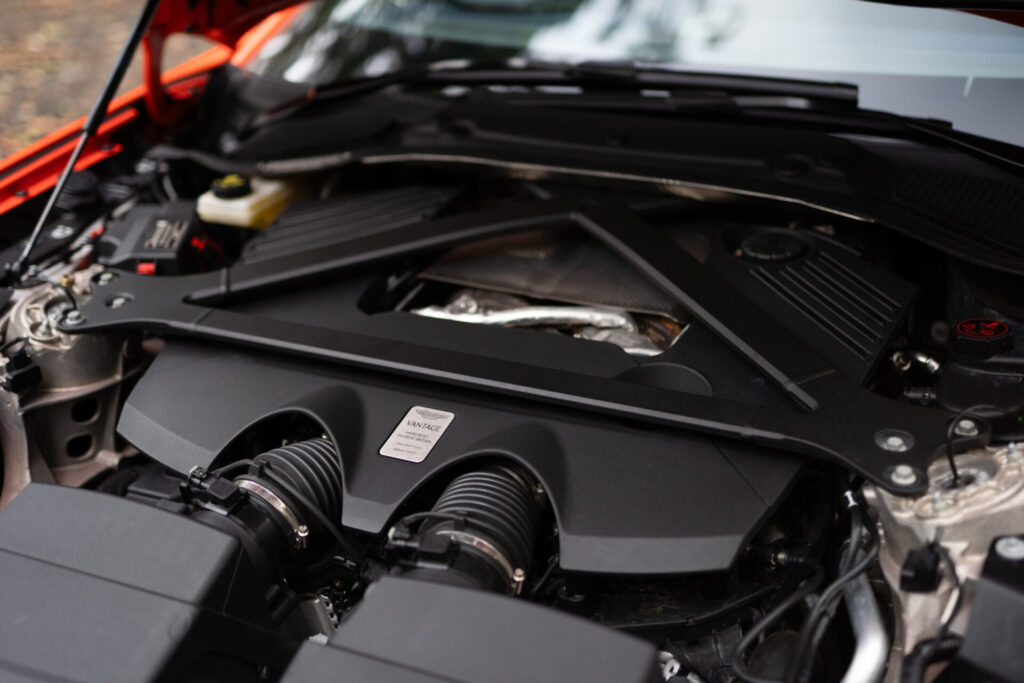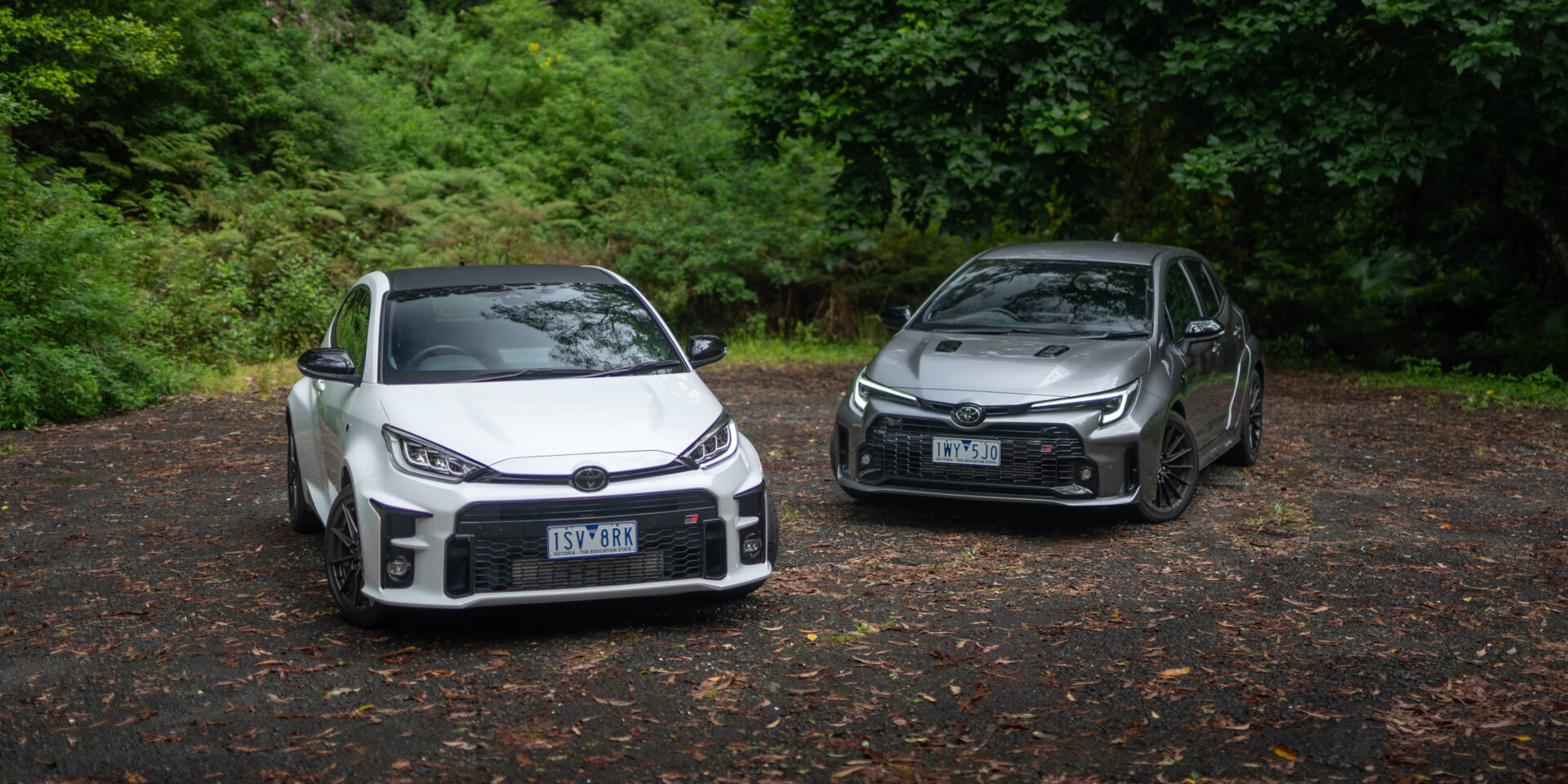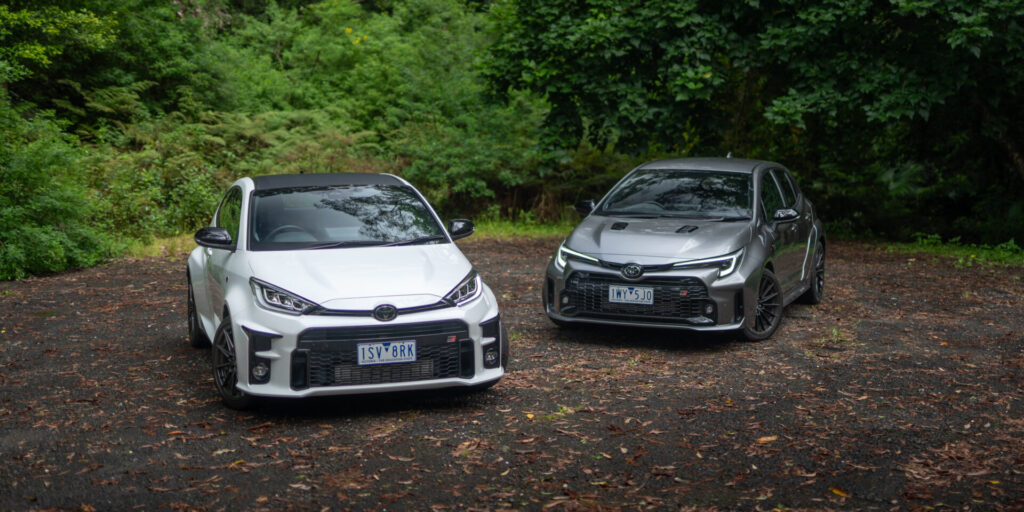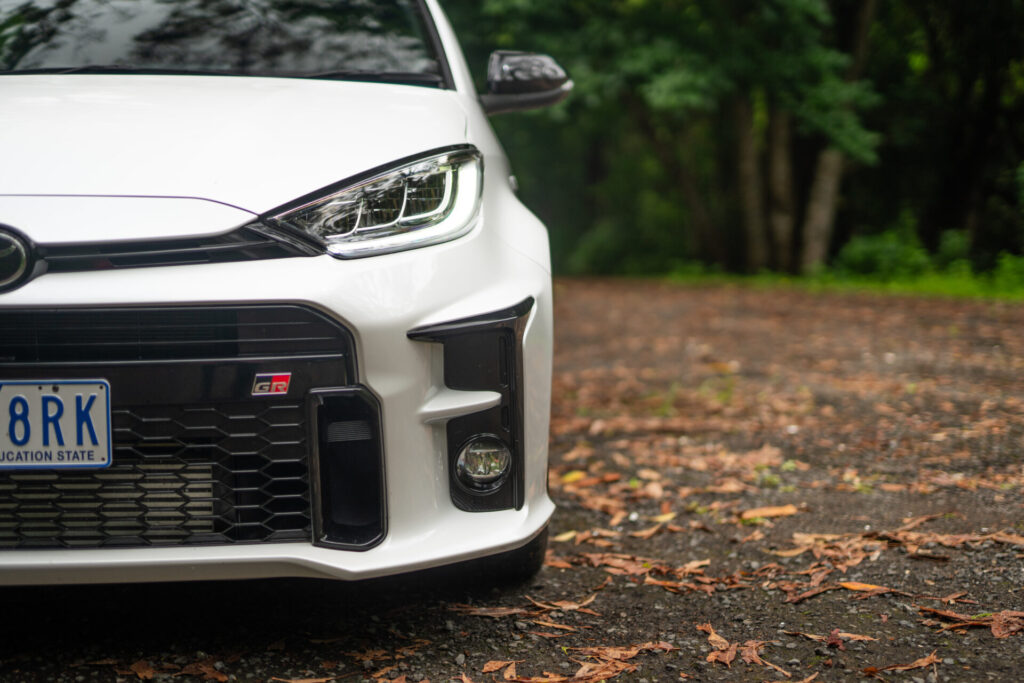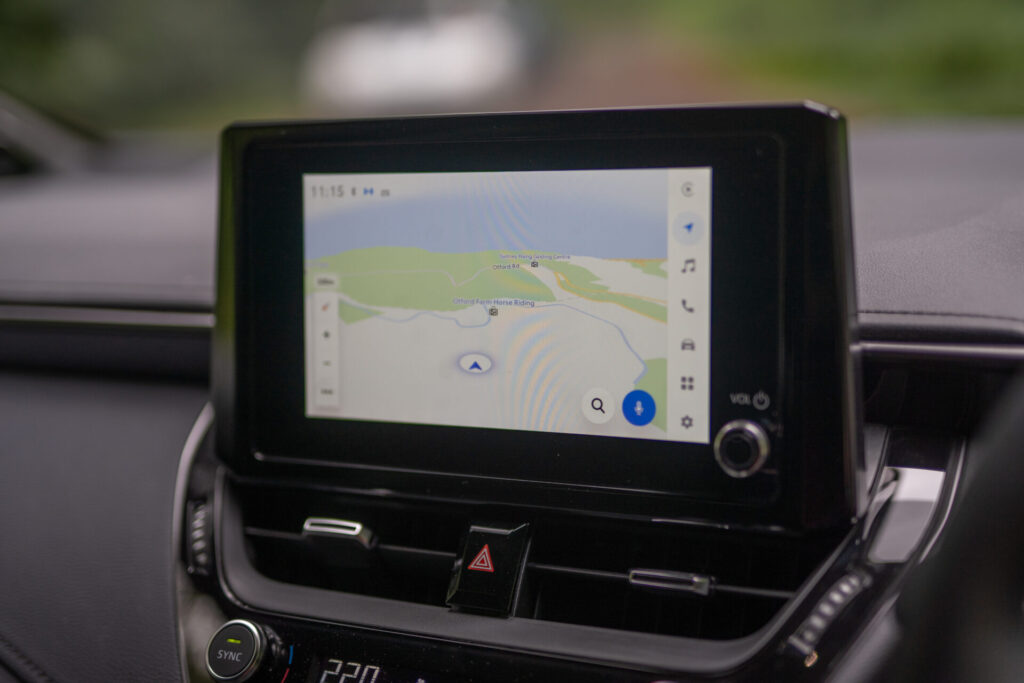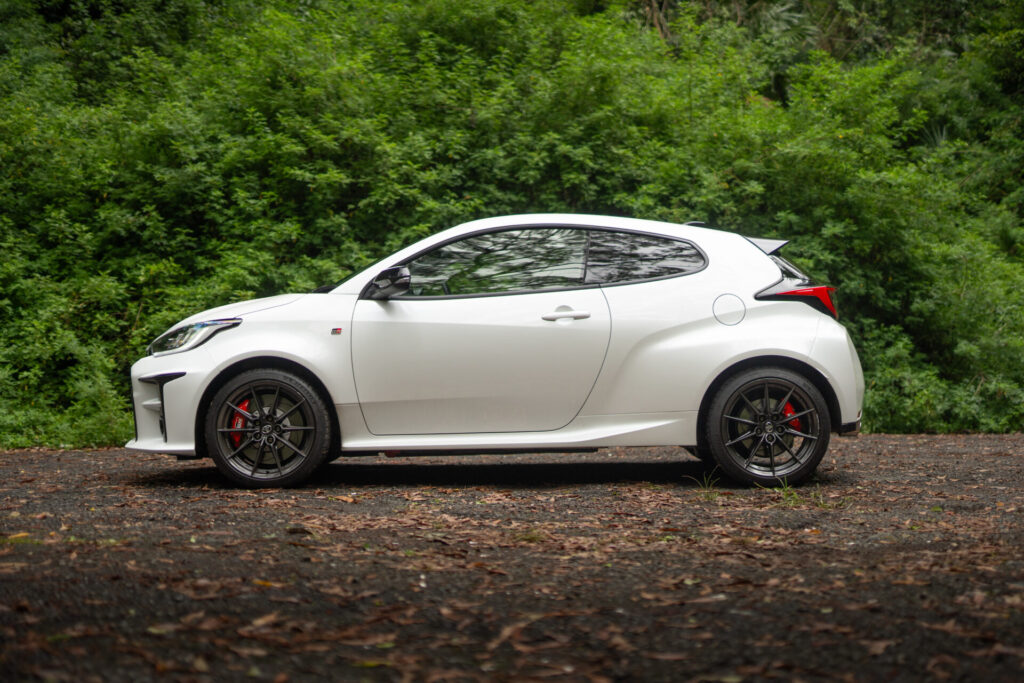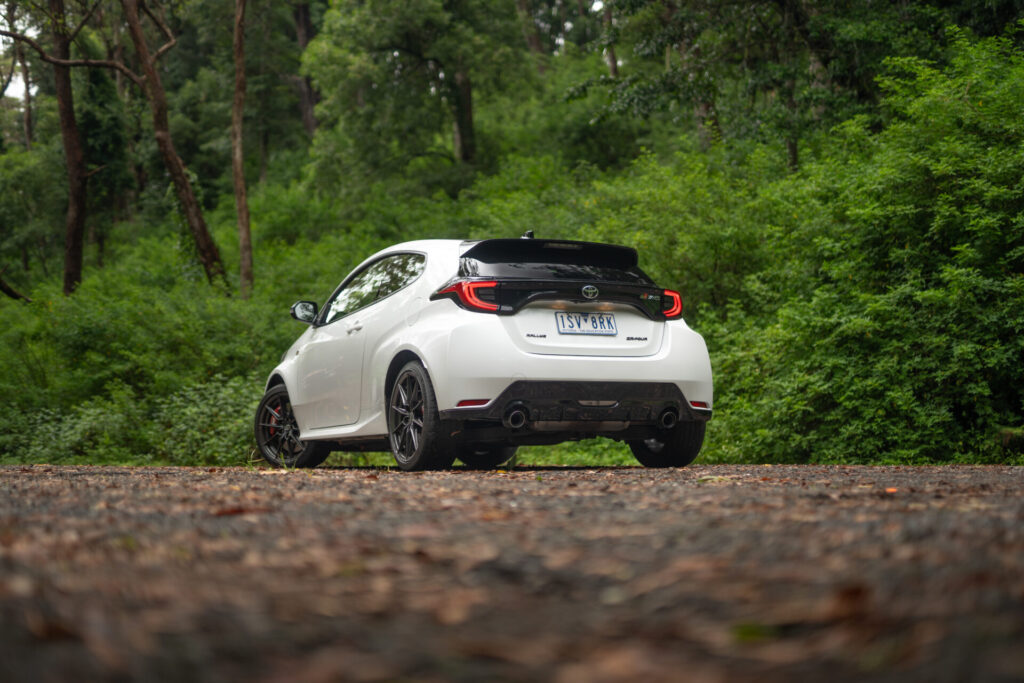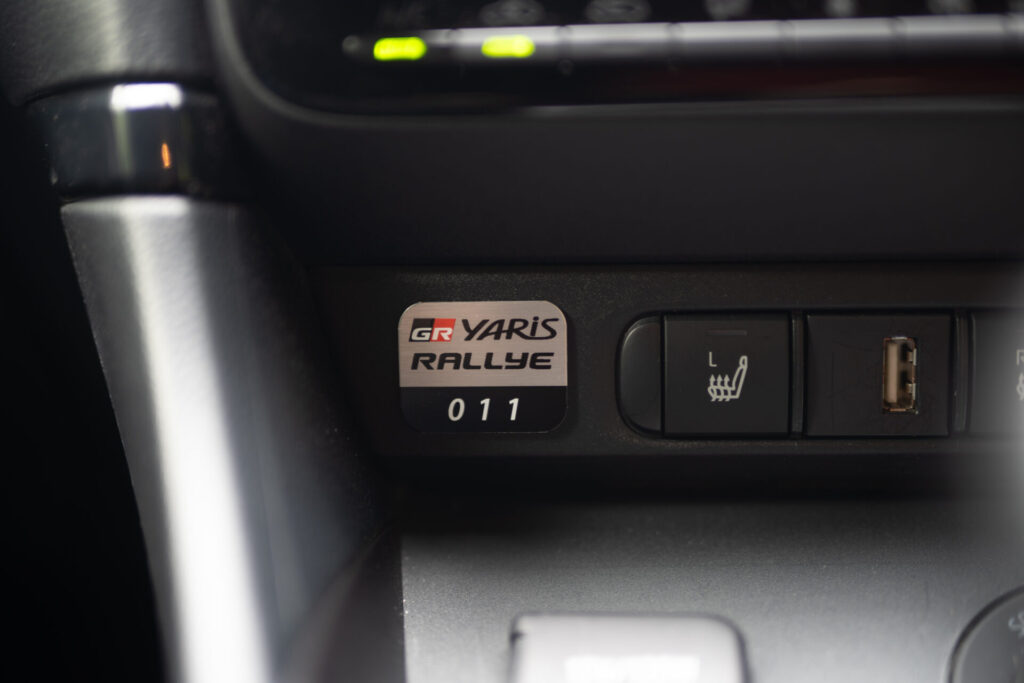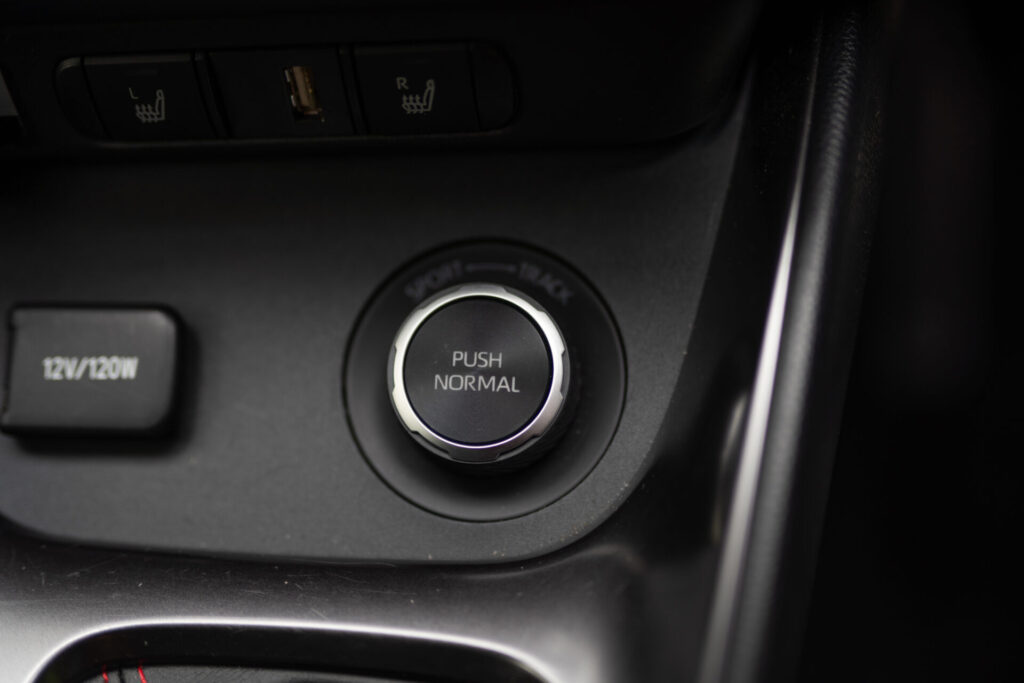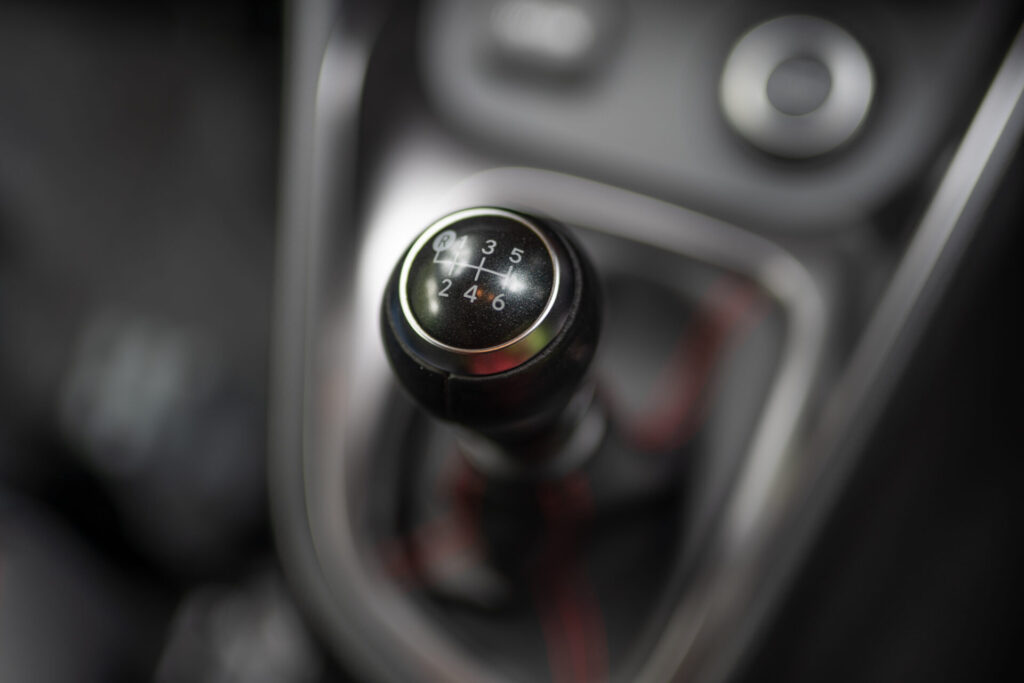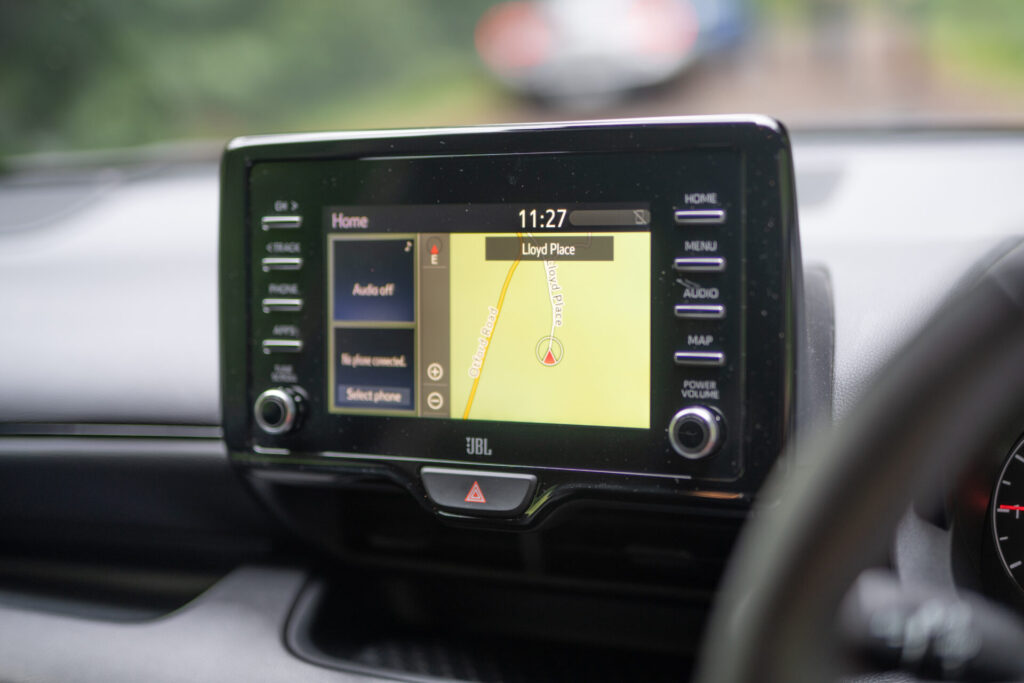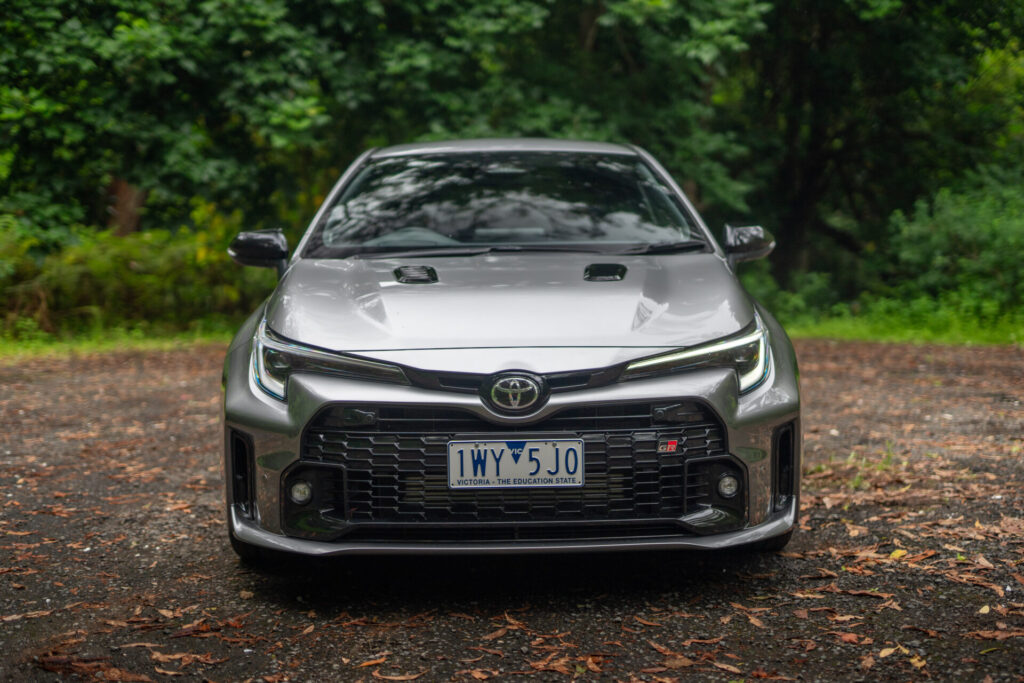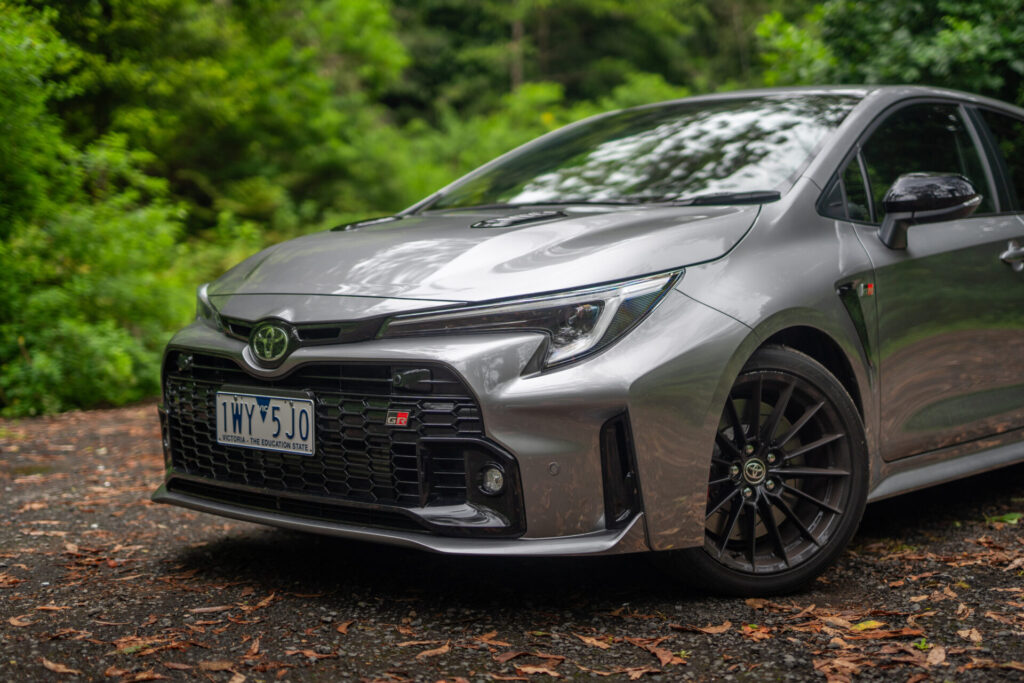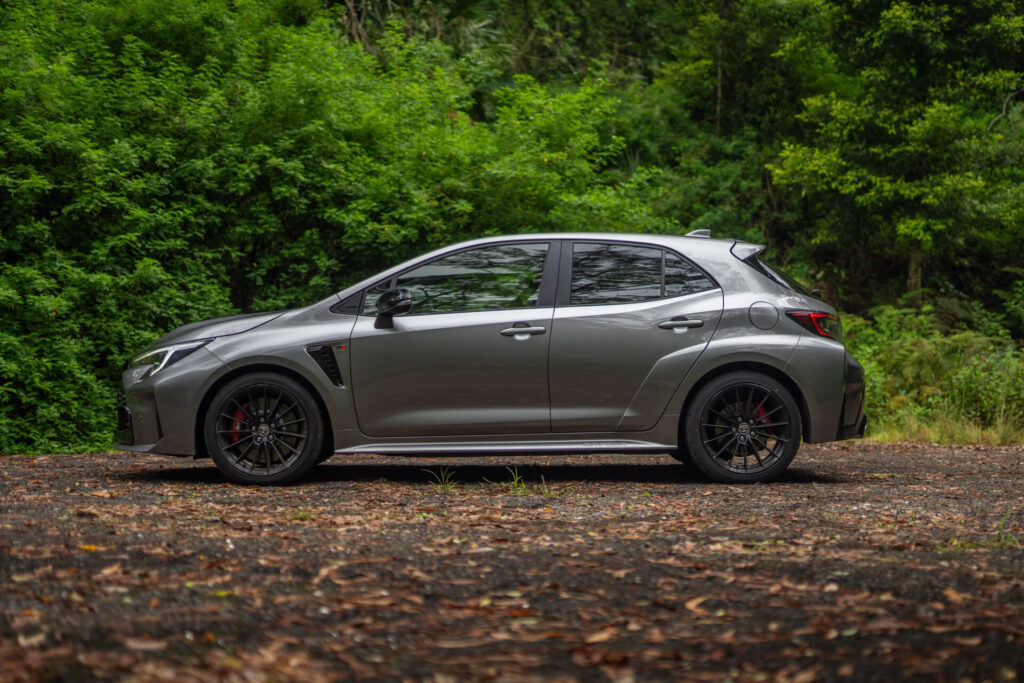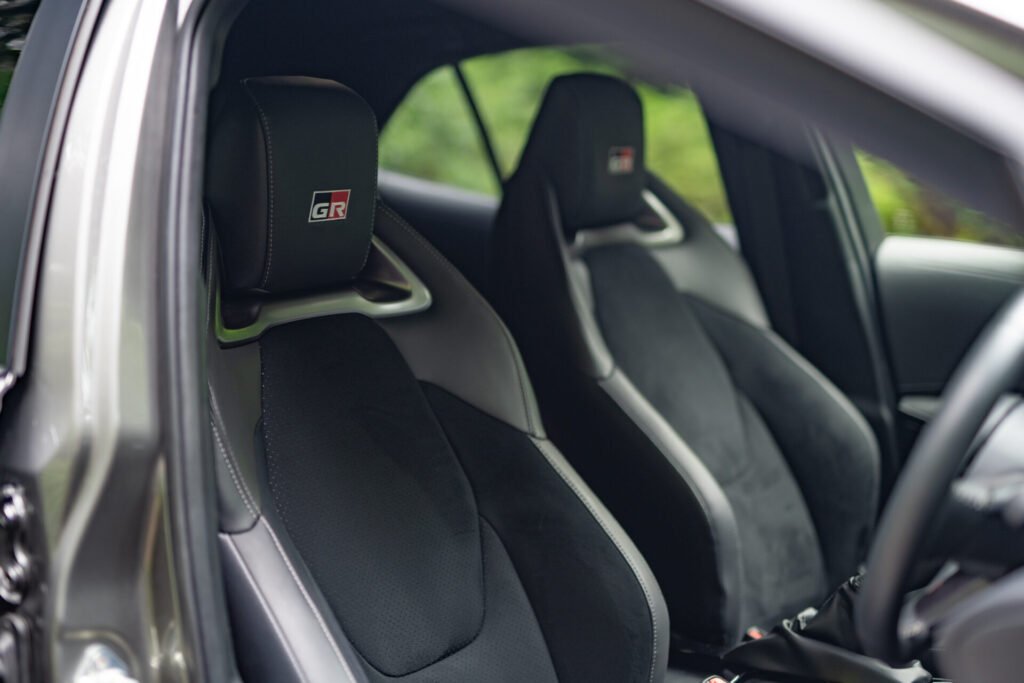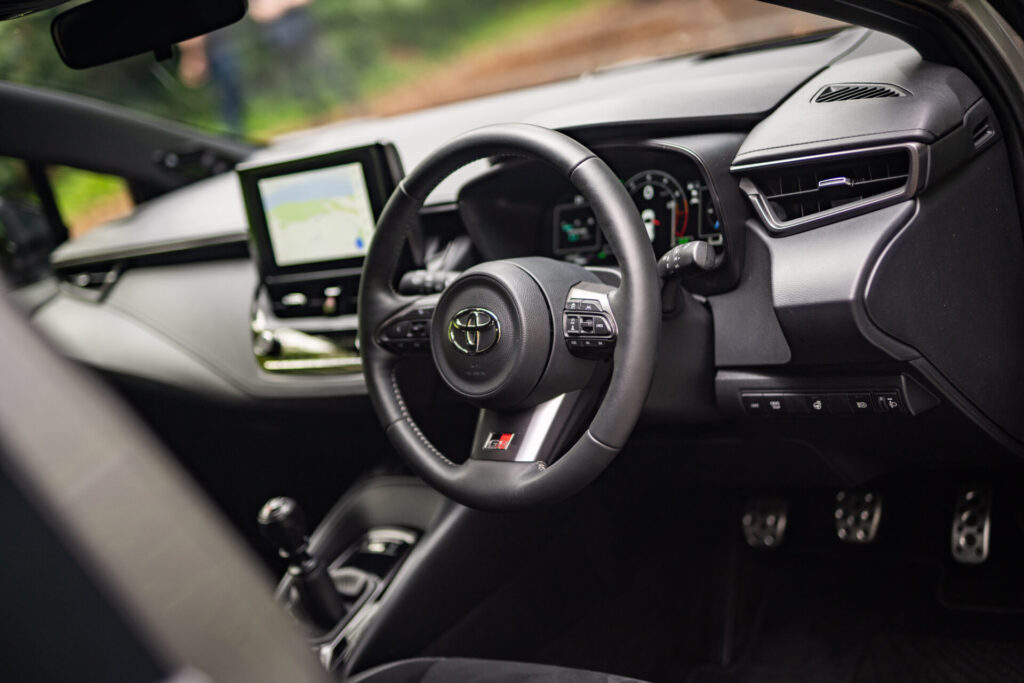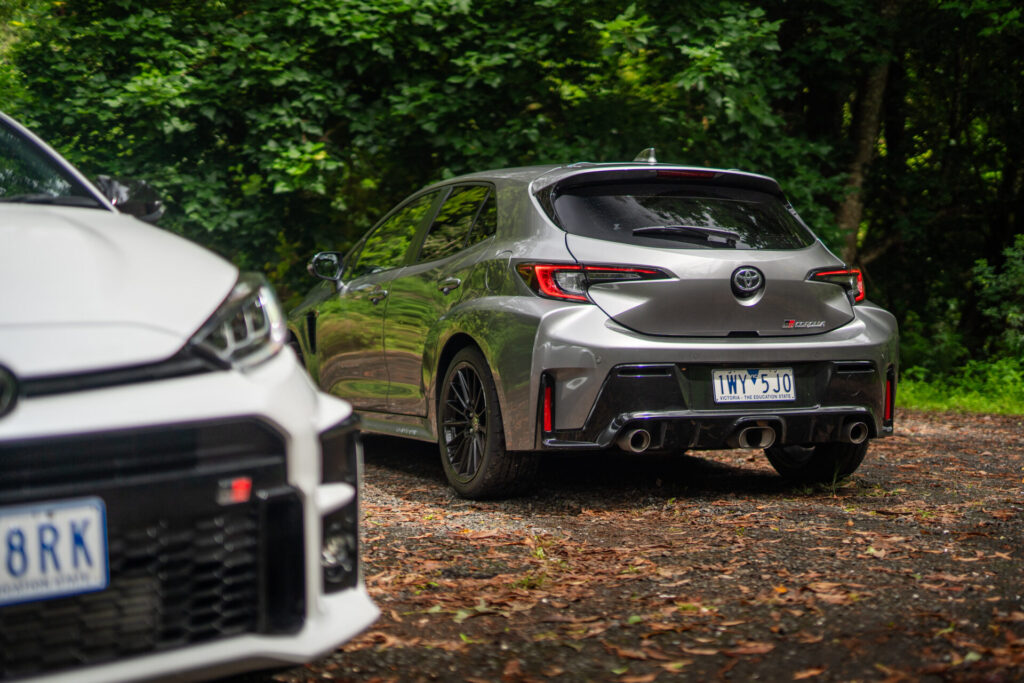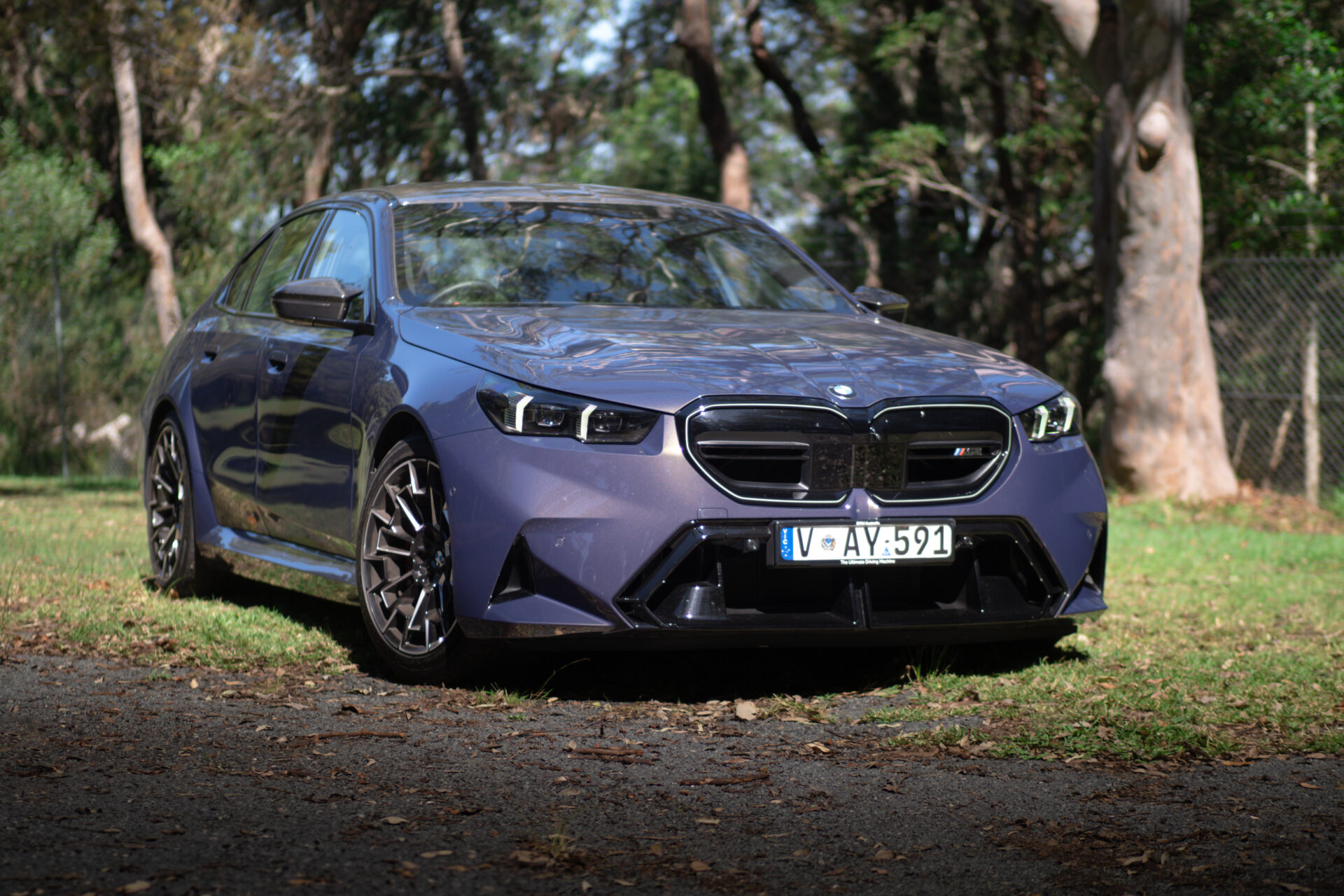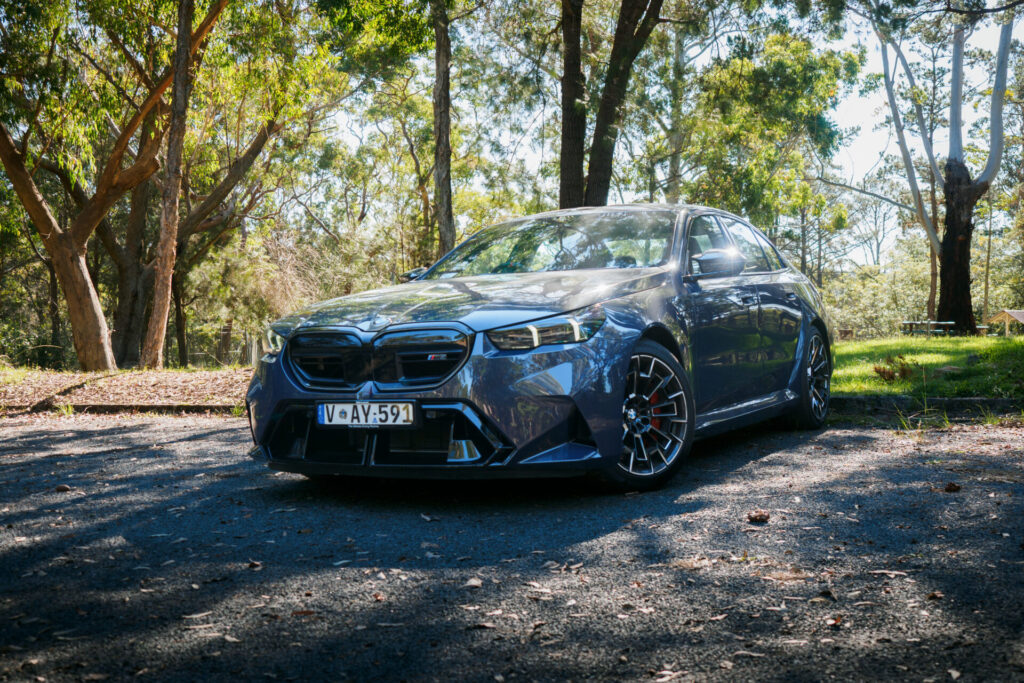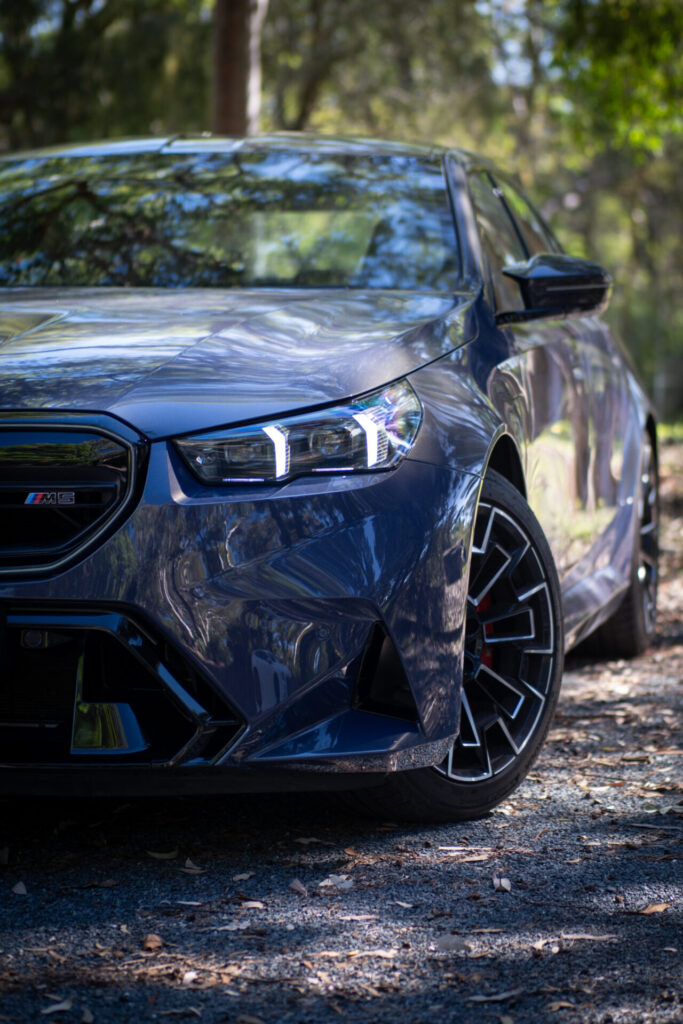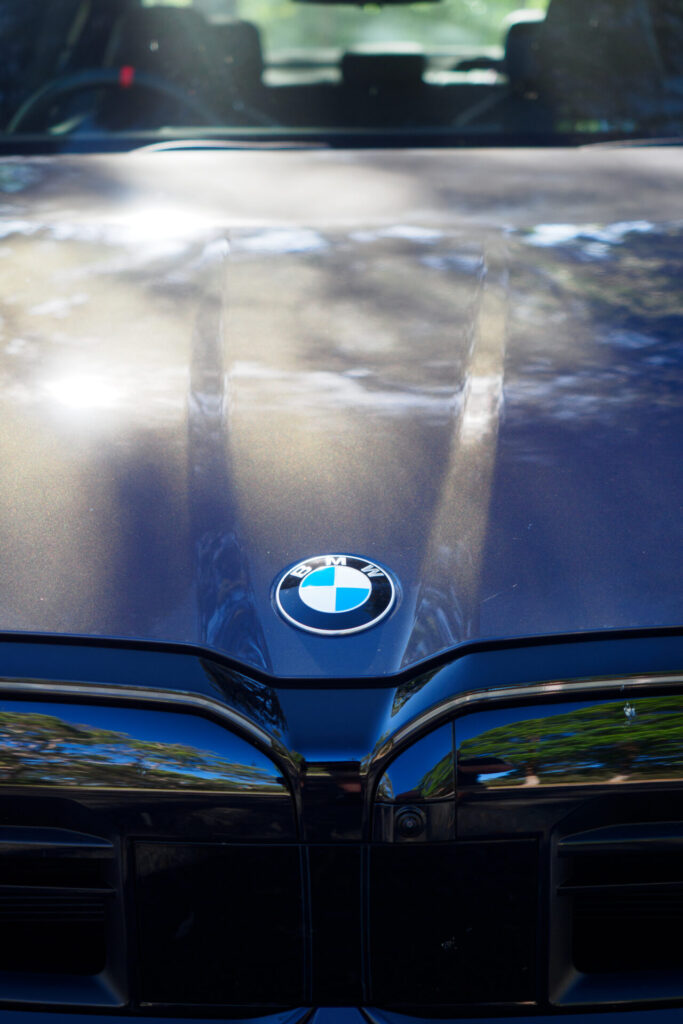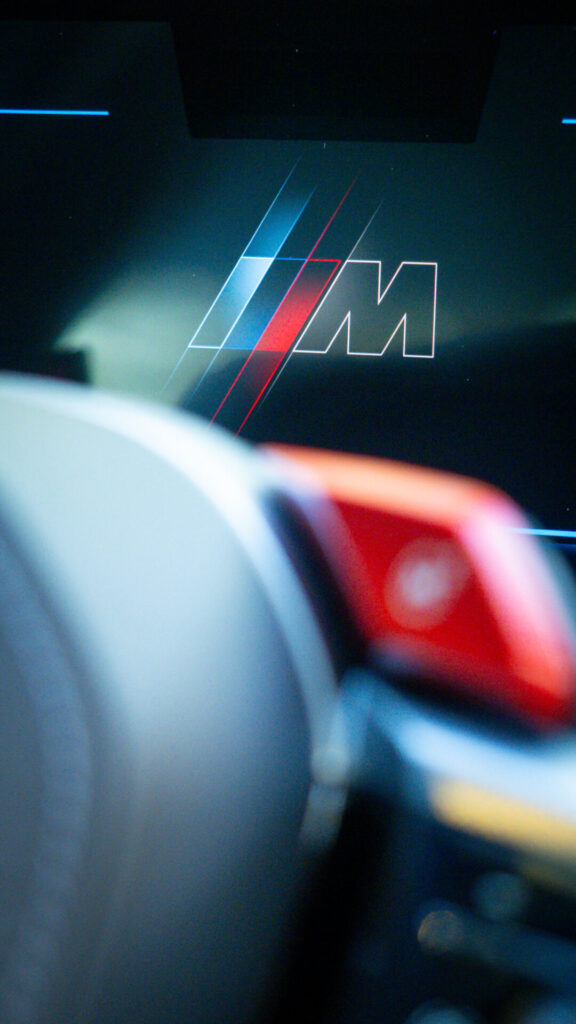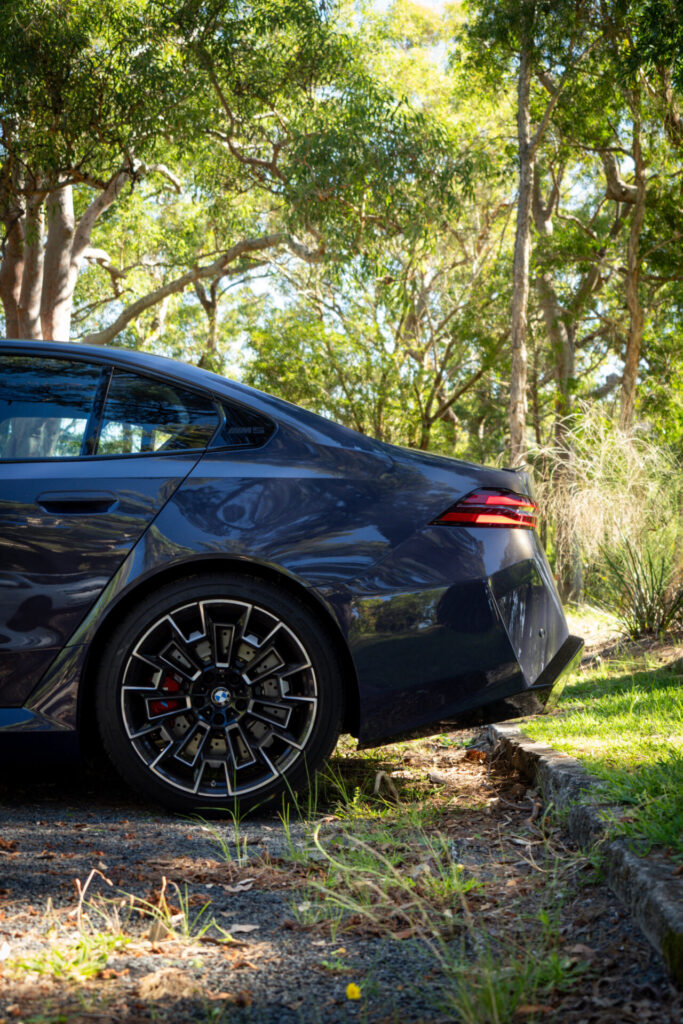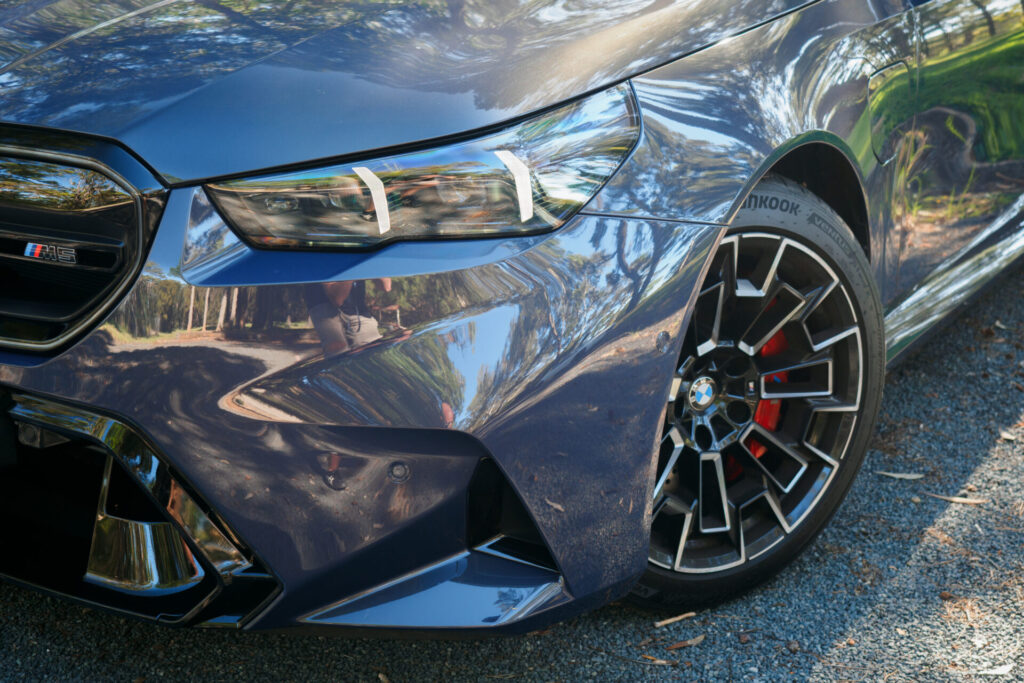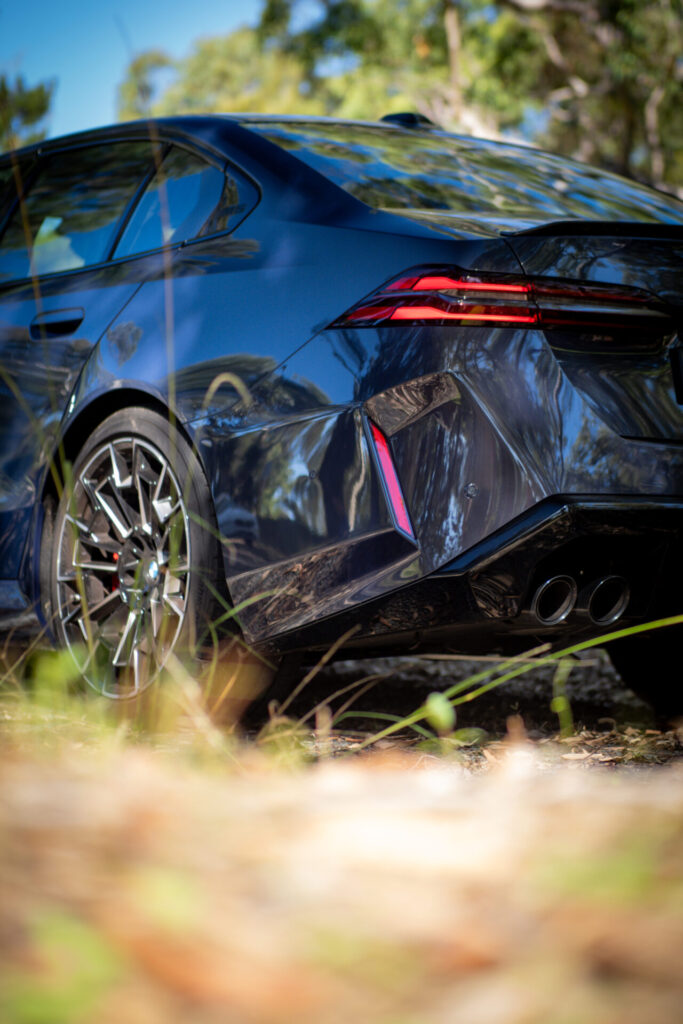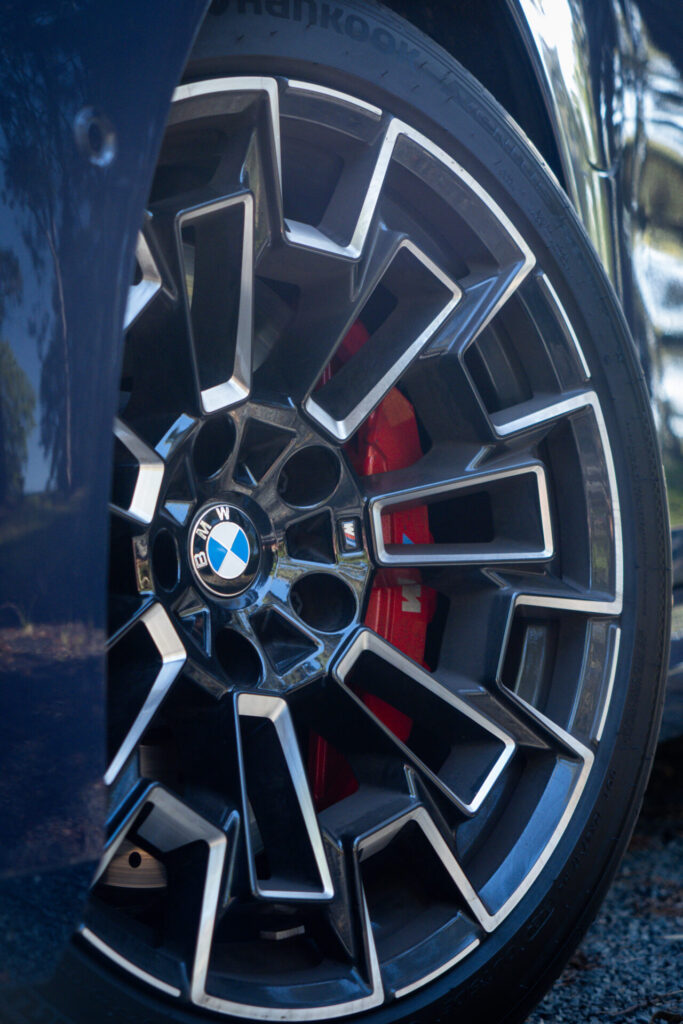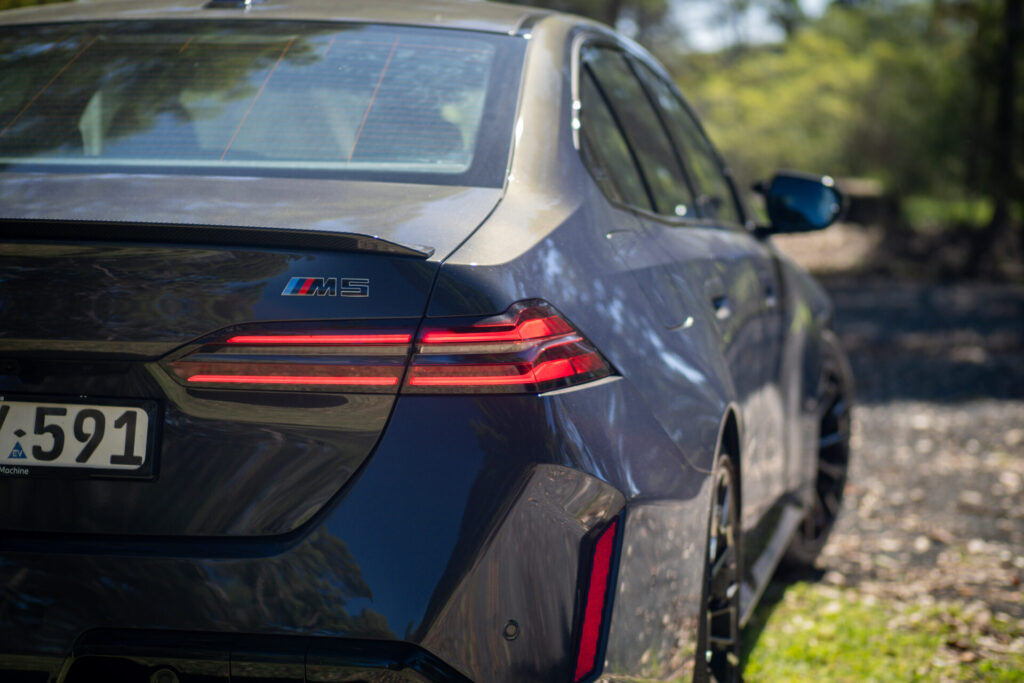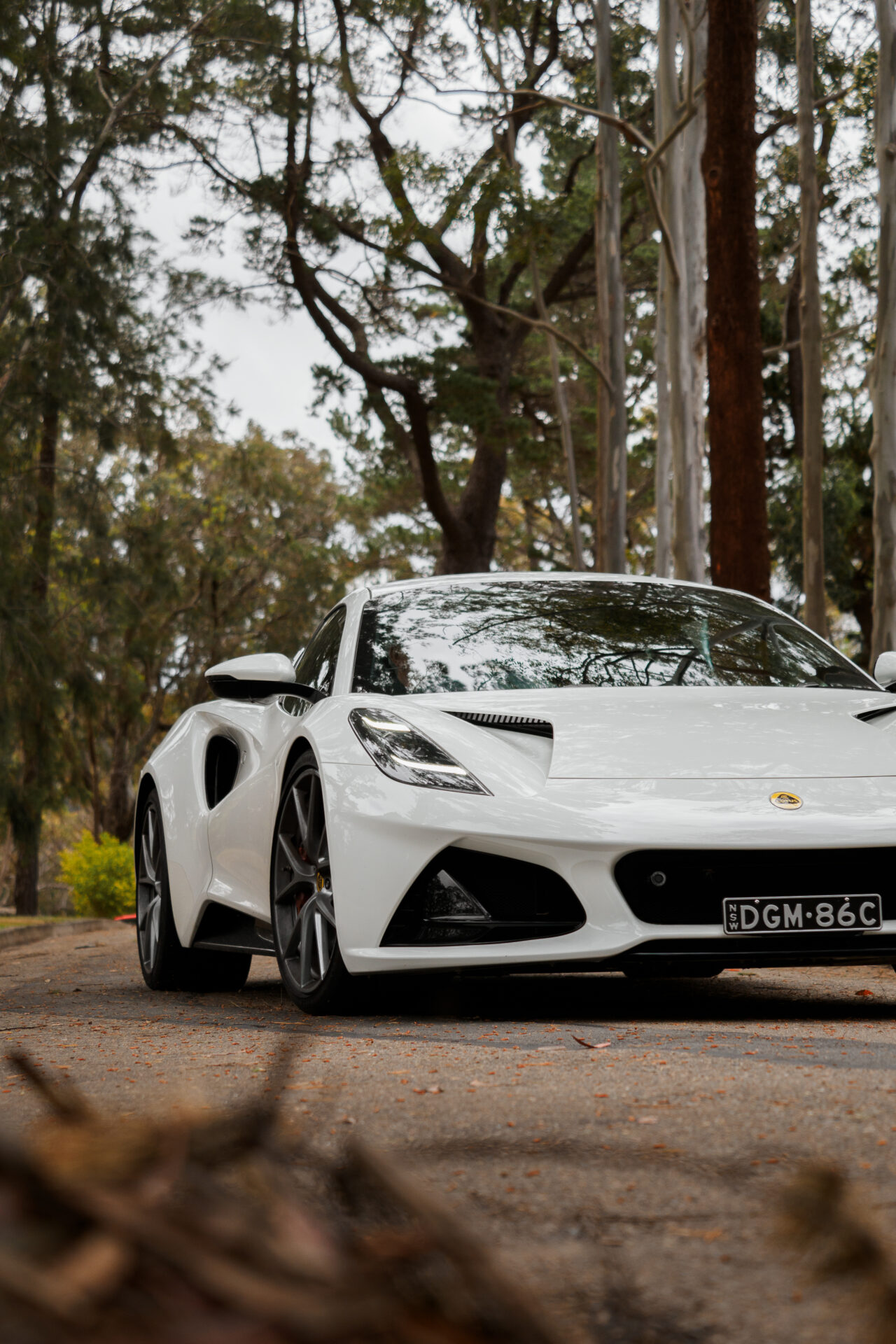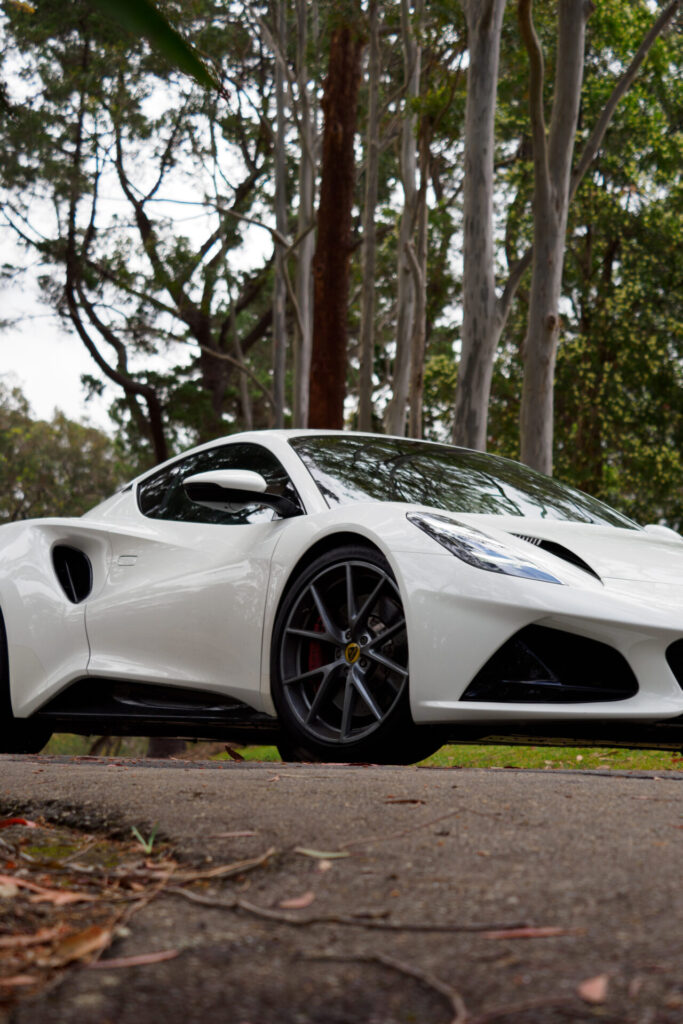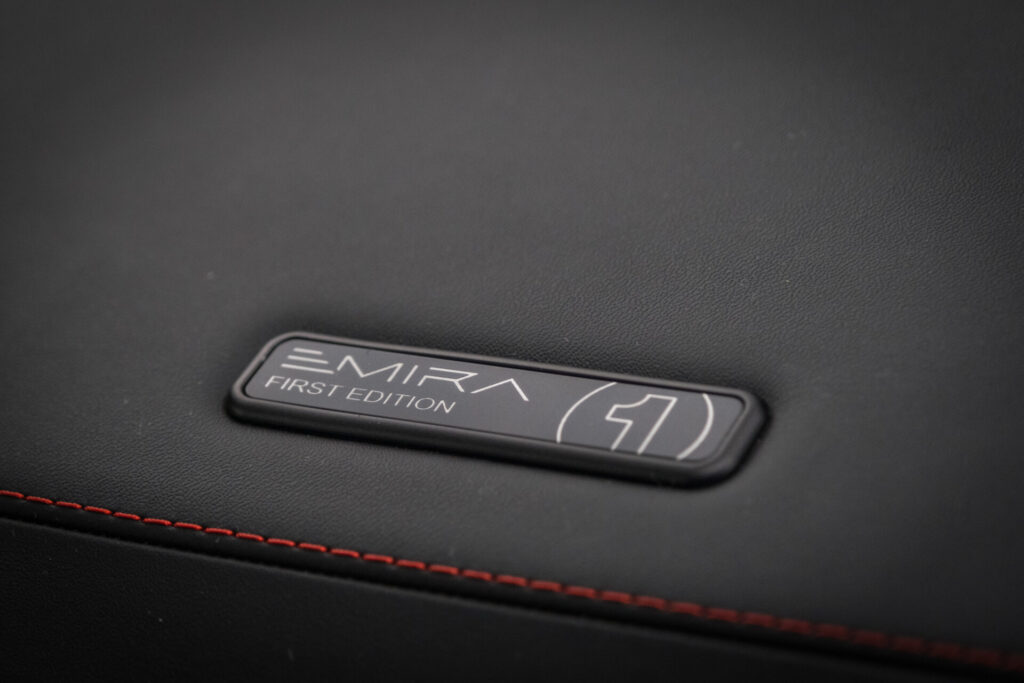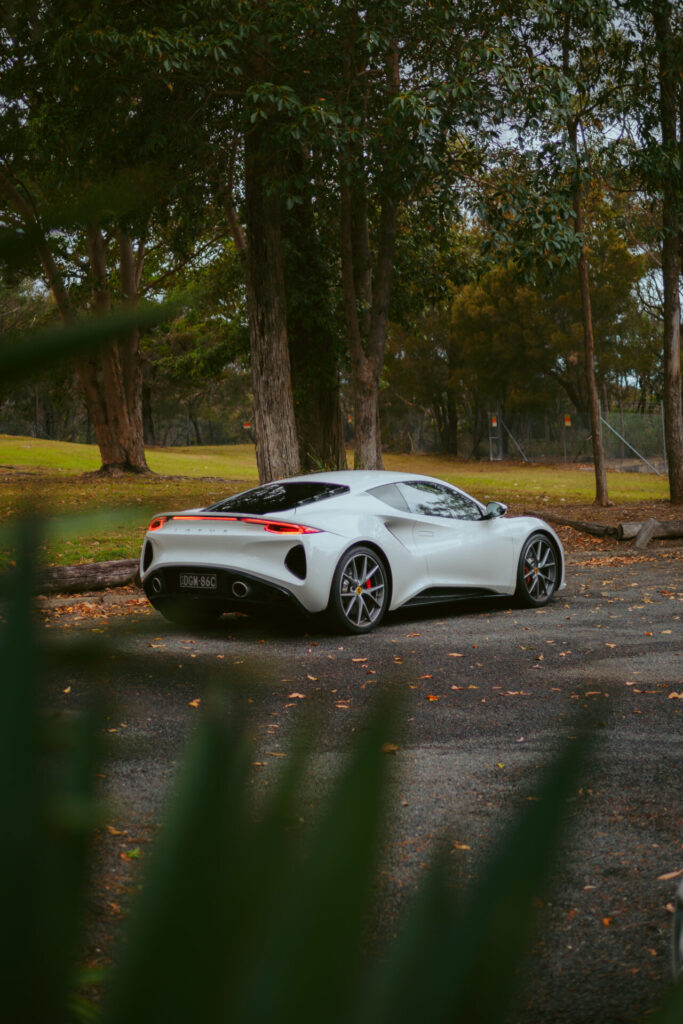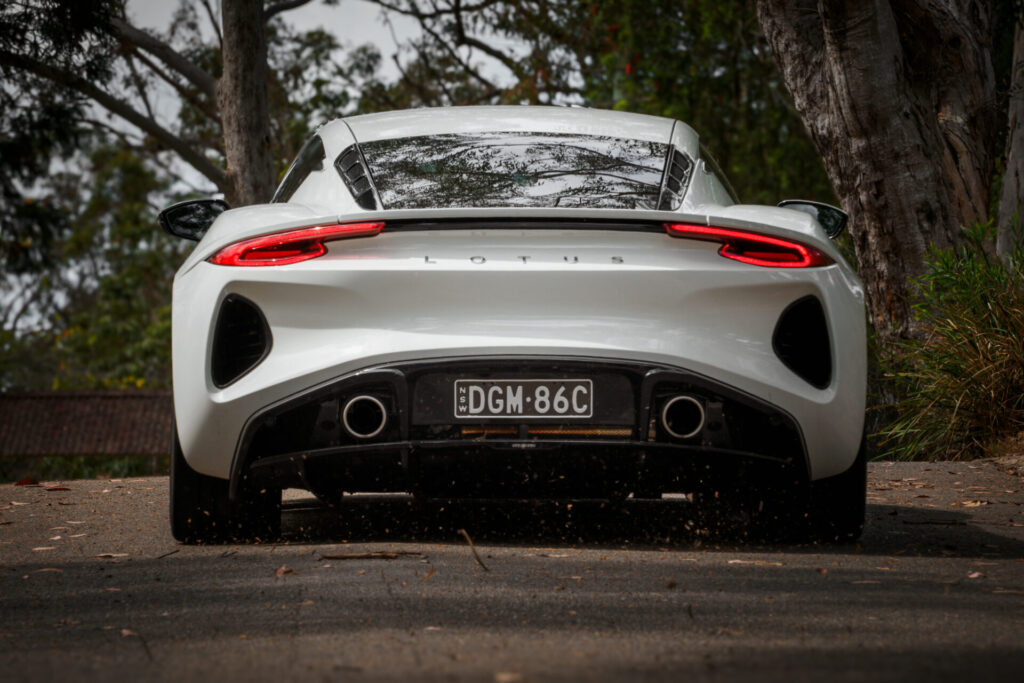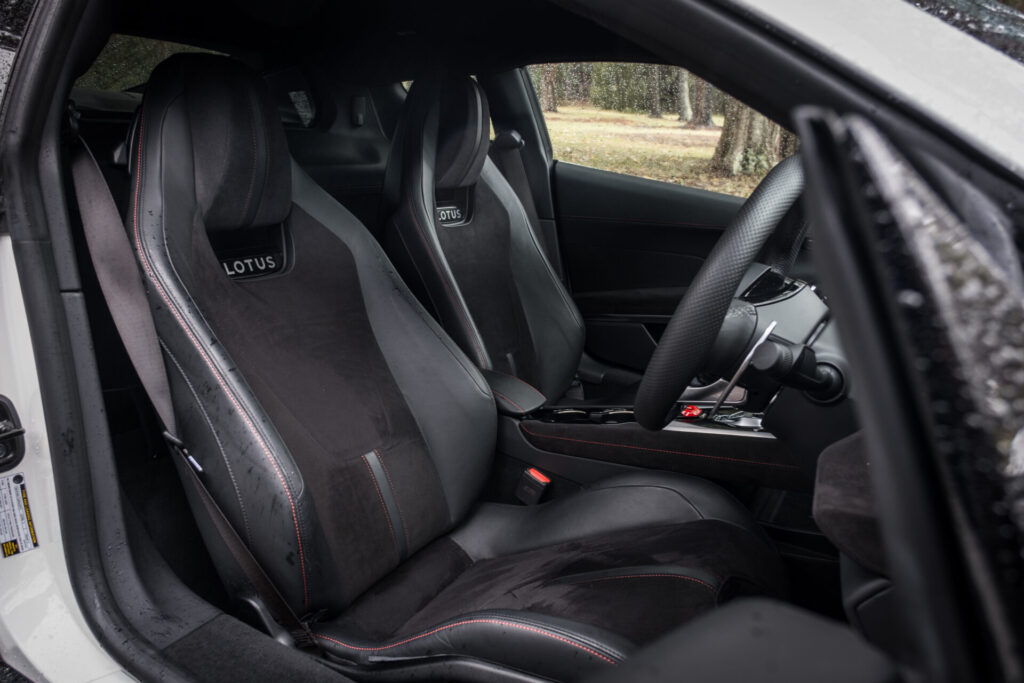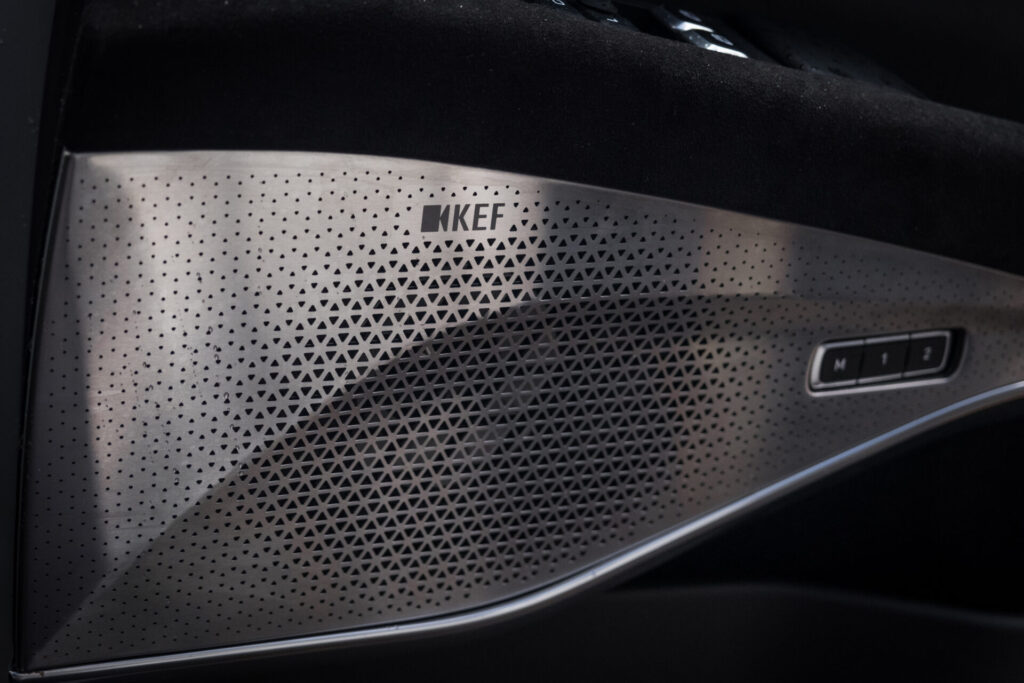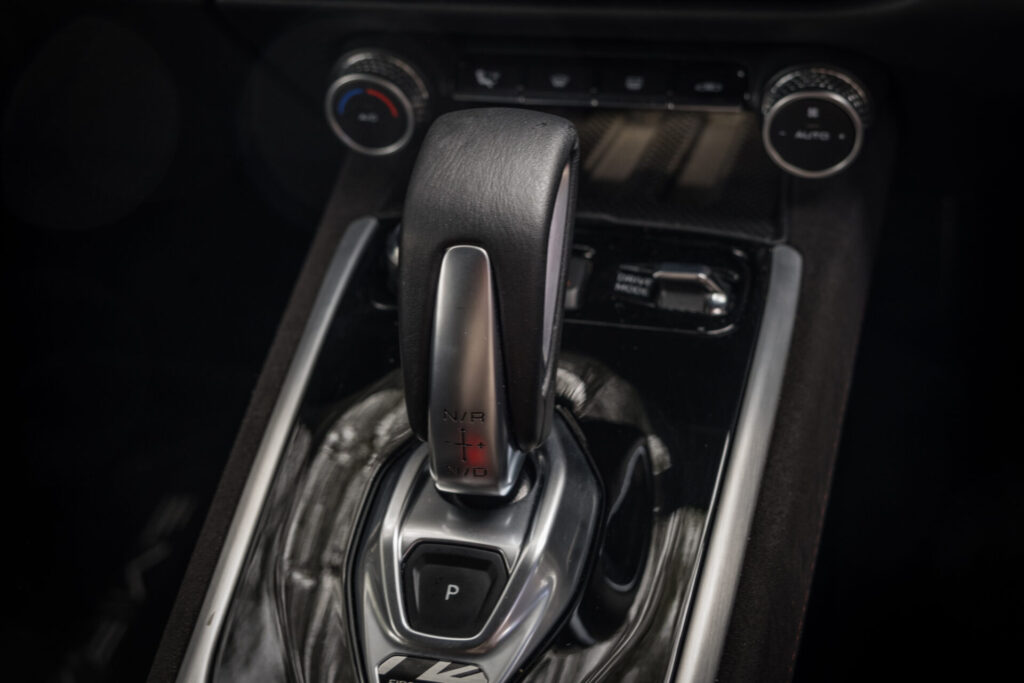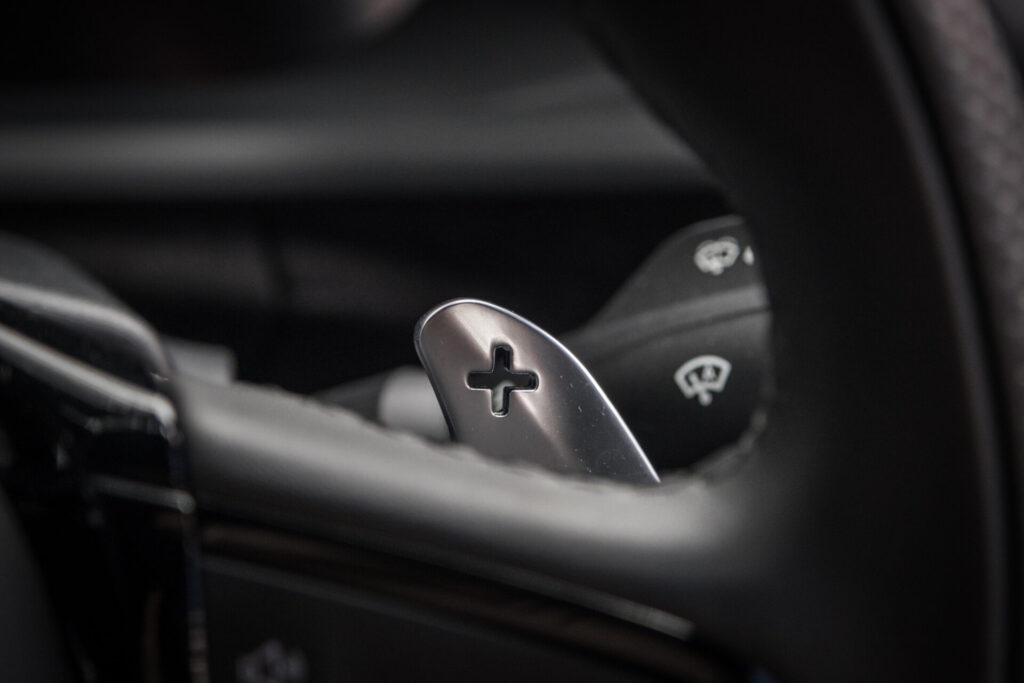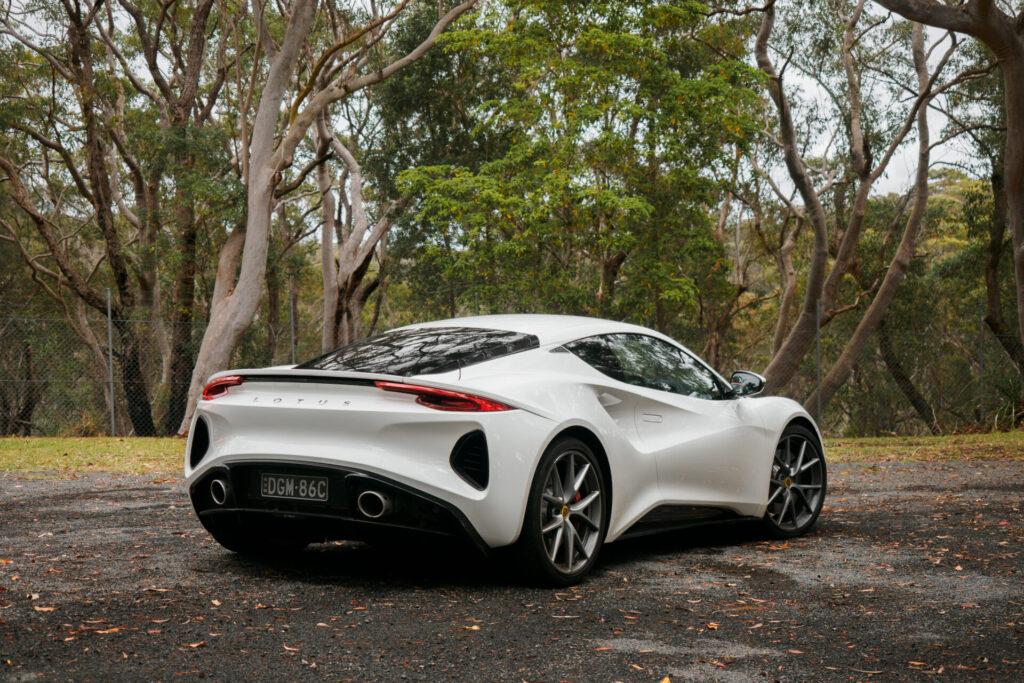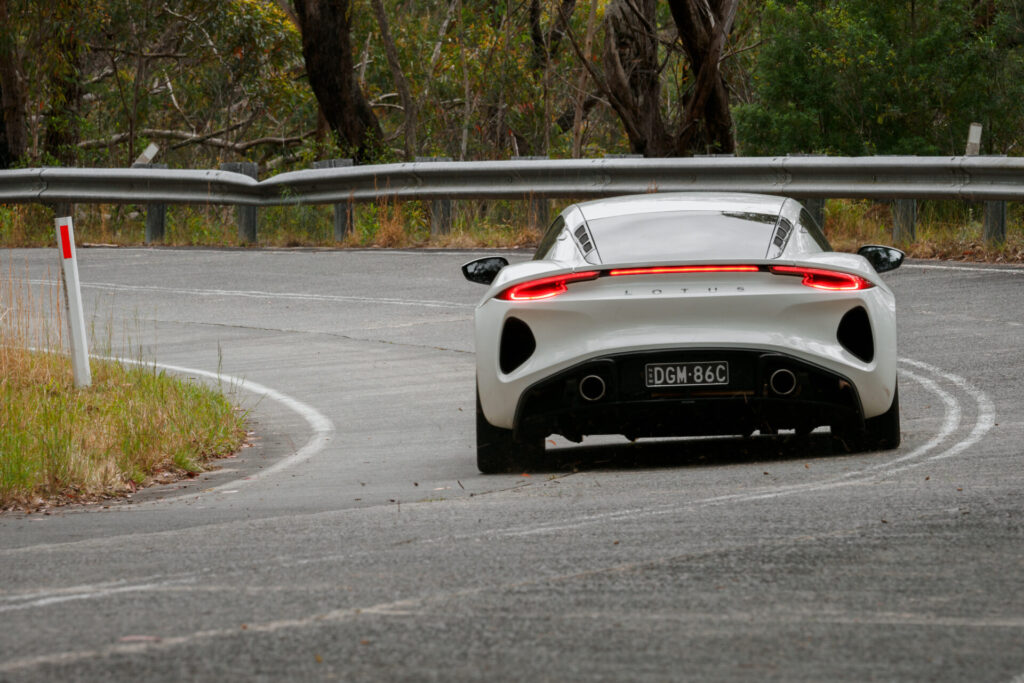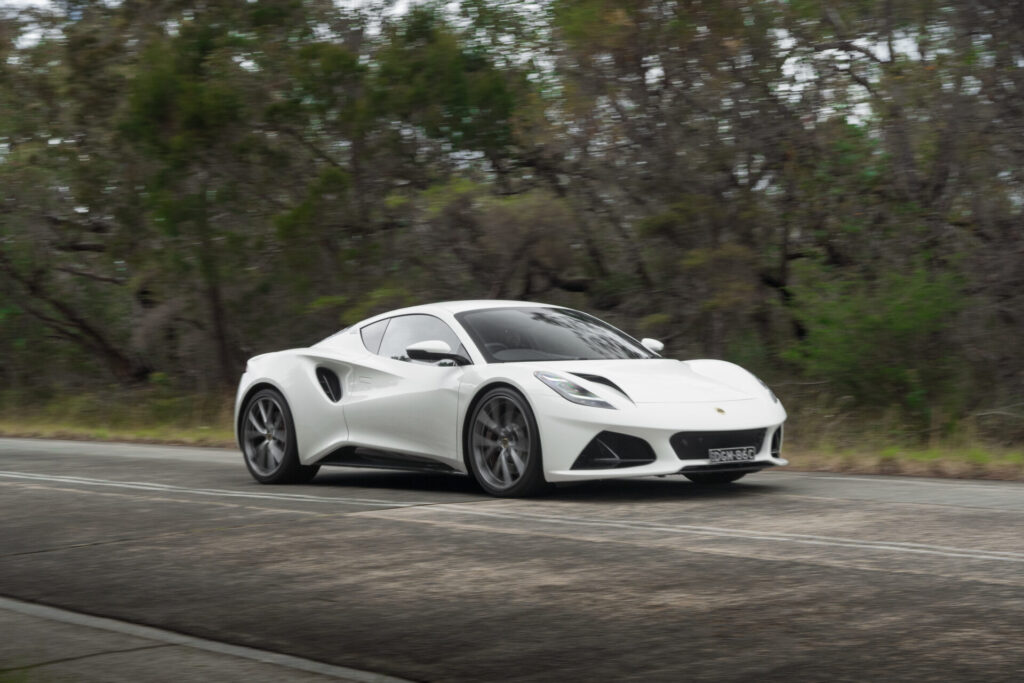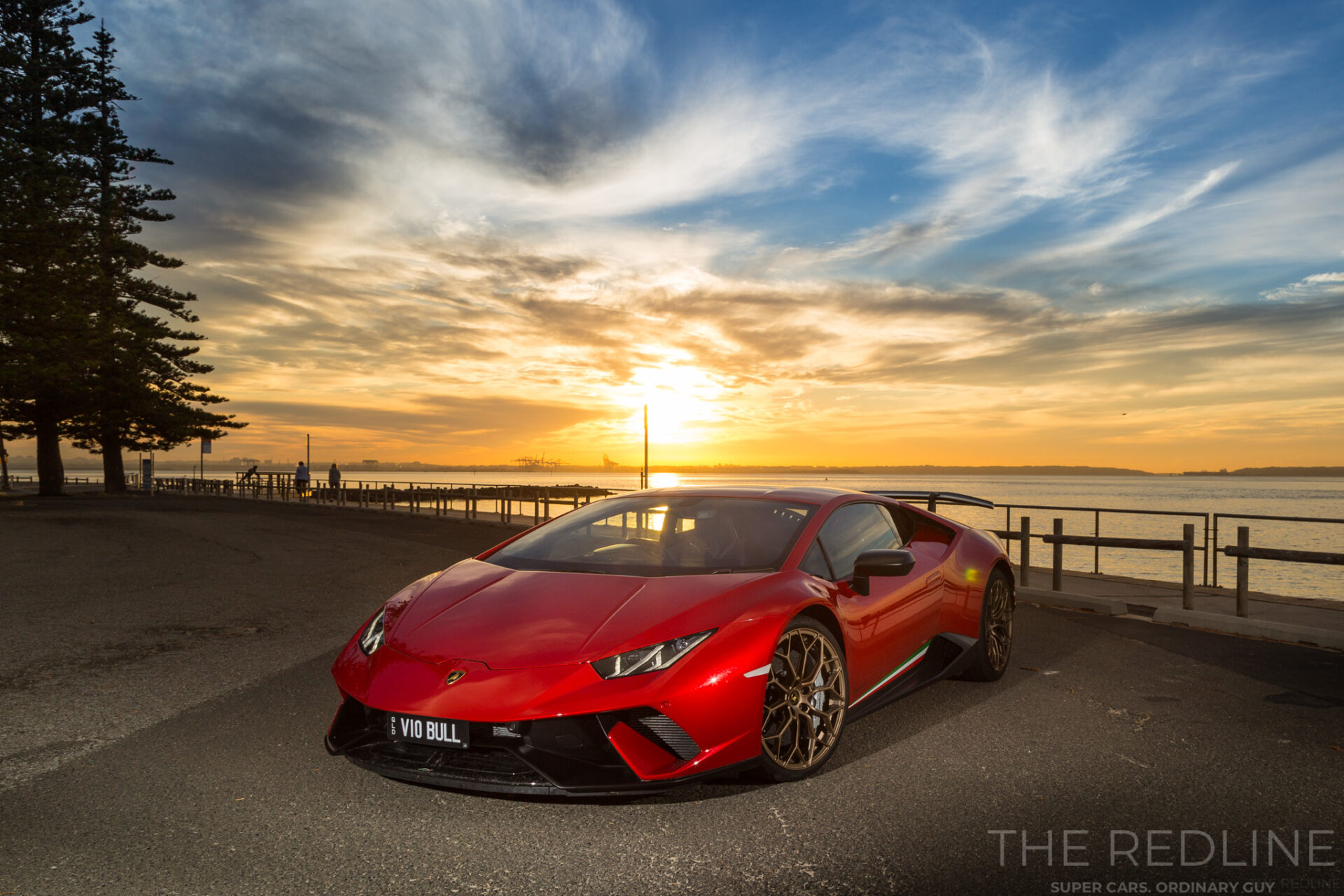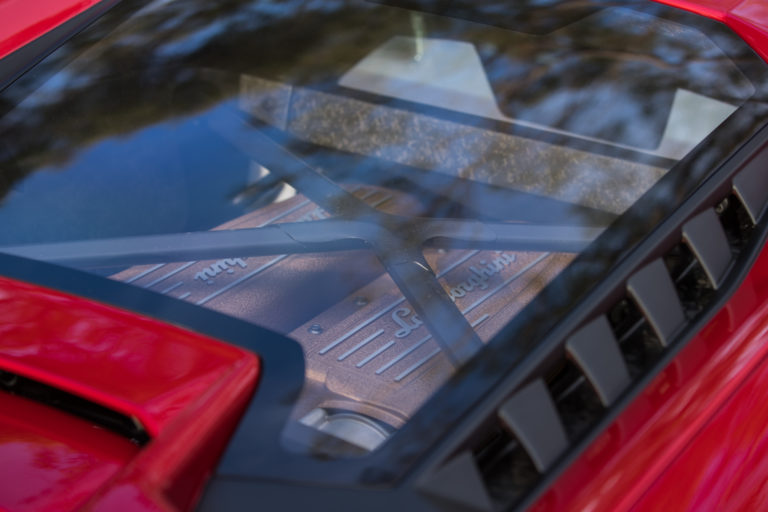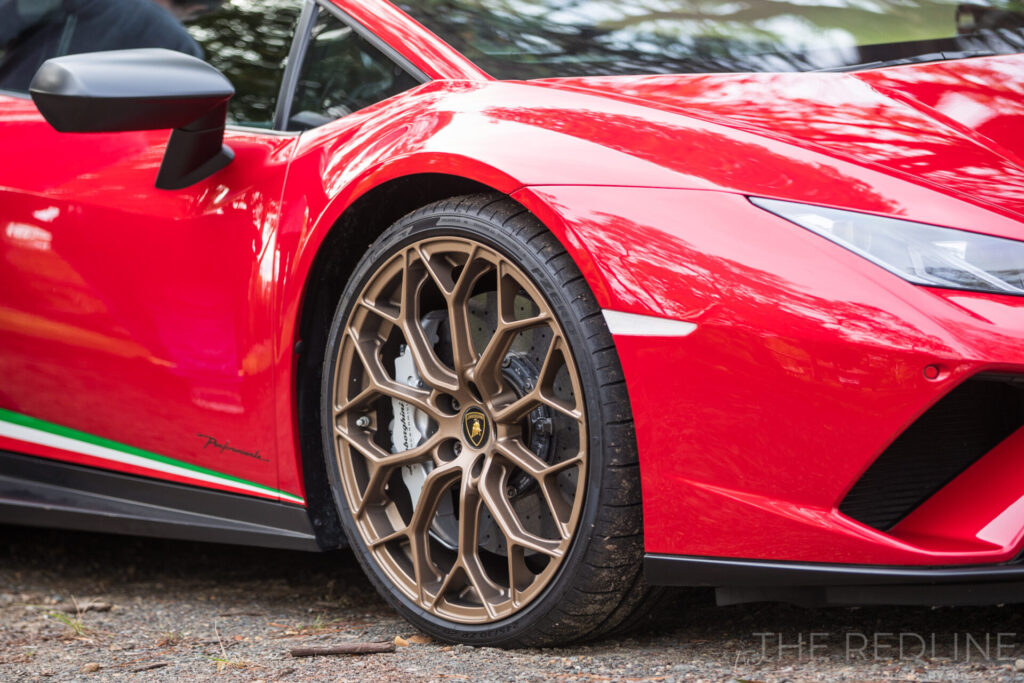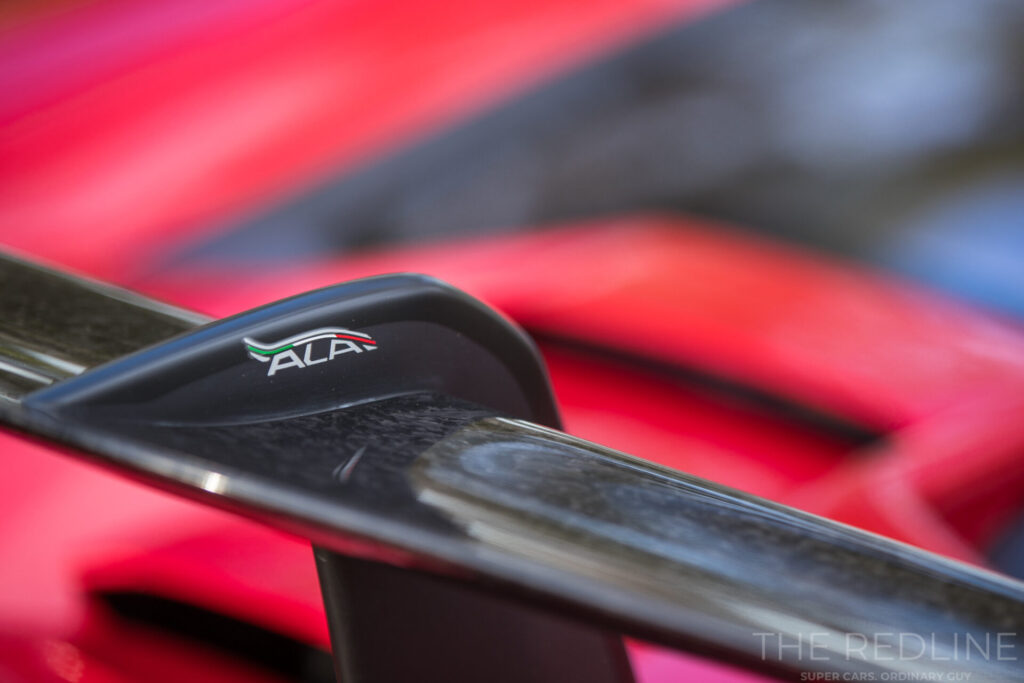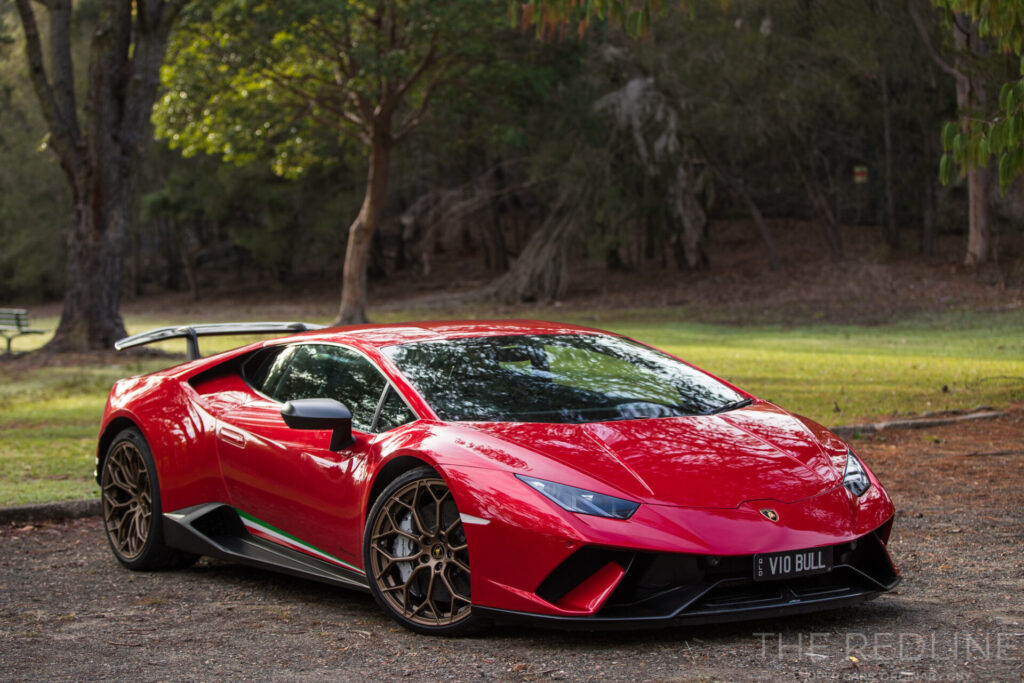The six-speed manual Toyota Supra seems like the obvious choice for folks who really like to drive, but not everyone is a fan.
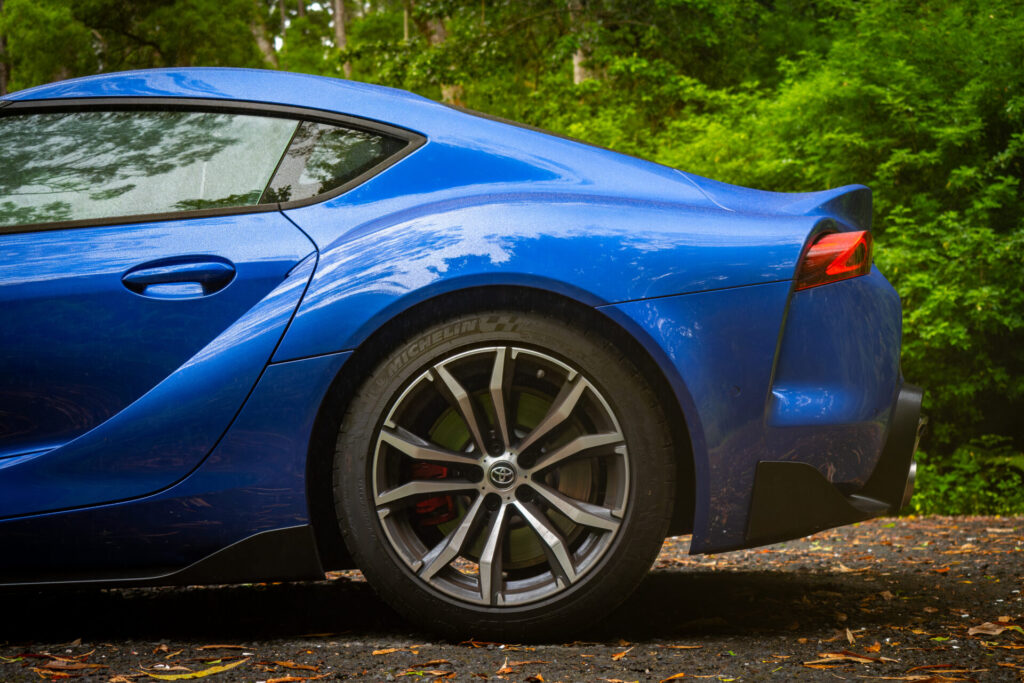
Words: Peter Anderson
Images and co-pilot: Matt Gerrard (@mattg81)
Supra. It’s a brand all of on its own. The Toyota part is unnecessary given it’s so strongly embedded in people’s minds. It’s like Mustang is to Ford – no, really, – you just call it Supra. The GR bit…well…it really ties it to the 86/Yaris/Corolla set but, again, nobody calls it the GR Supra.
The A90 has been an incredible success, at least as far as awareness and the generation of brand cachet goes. It eclipses the car with which it shares so much – the BMW Z4 – here in Australia in a way I didn’t think possible. You tell people it’s a Z4 with a hat and they shrug, telling me it looks like a Supra.
It’s an astonishingly bold and intelligent design. The body is stretched tight over its underpinnings and is so curvy and muscular it looks absolutely nothing like its under-the-skin sibling. The idea that hard points would define the way it would look is out the window, they don’t even share a windscreen. It’s as different from the Z4 as the 86 and BRZ are similar. Or shares as much with the Z4 as the Yaris GR does with your mum’s hybrid hatchback (that’s just a little joke to make you click on a story I loved writing).
The references to the fabled FT-HS and FT-1 concept cars are so clear, too, but not a straight-up rip-off. More came from FT-1, which generated a vast amount of excitement when it appeared. It has a wonderful fluidity to it and has proved to be an incredible base for aftermarketeers keen to pump the looks even more. As ever, some of it is awful but some of it is superb. It can cope with addition but looks amazing without it. This is a controversial opinion to some, I know.
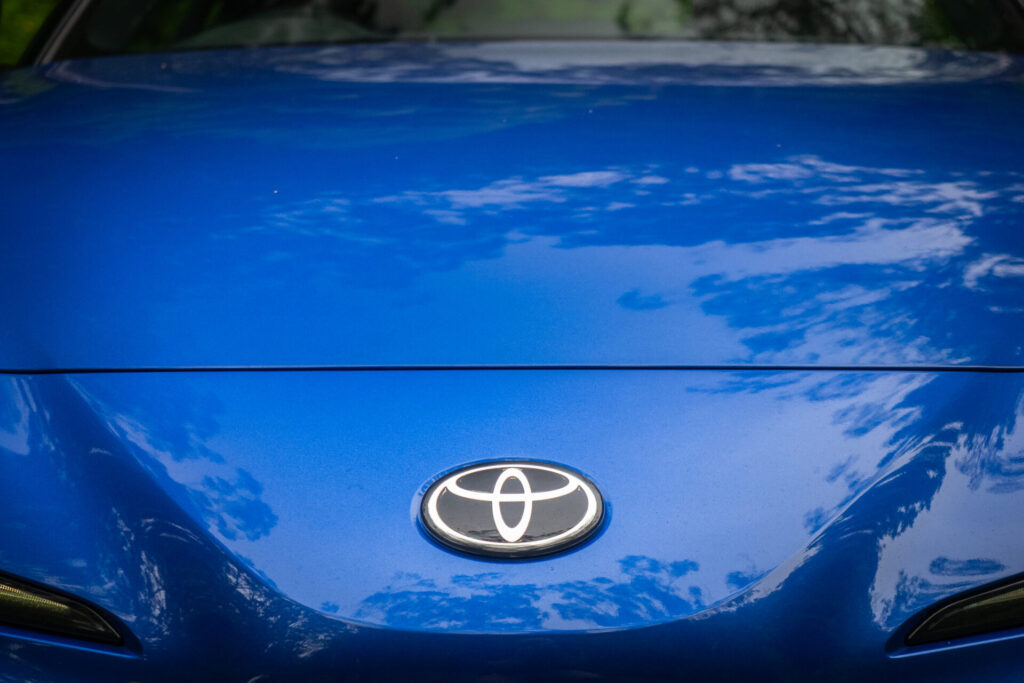
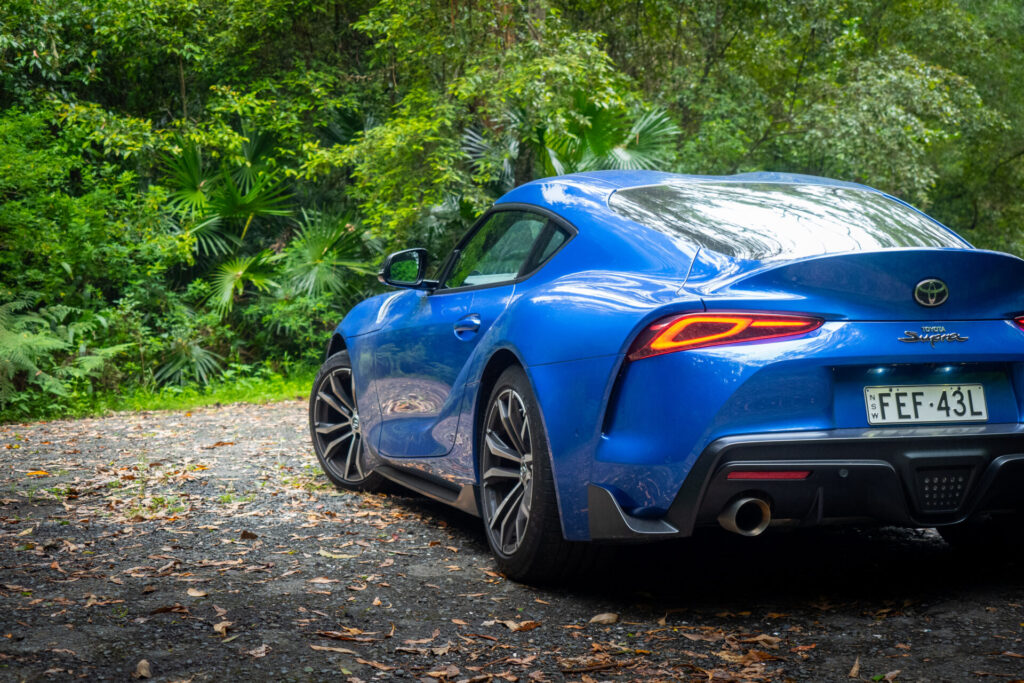
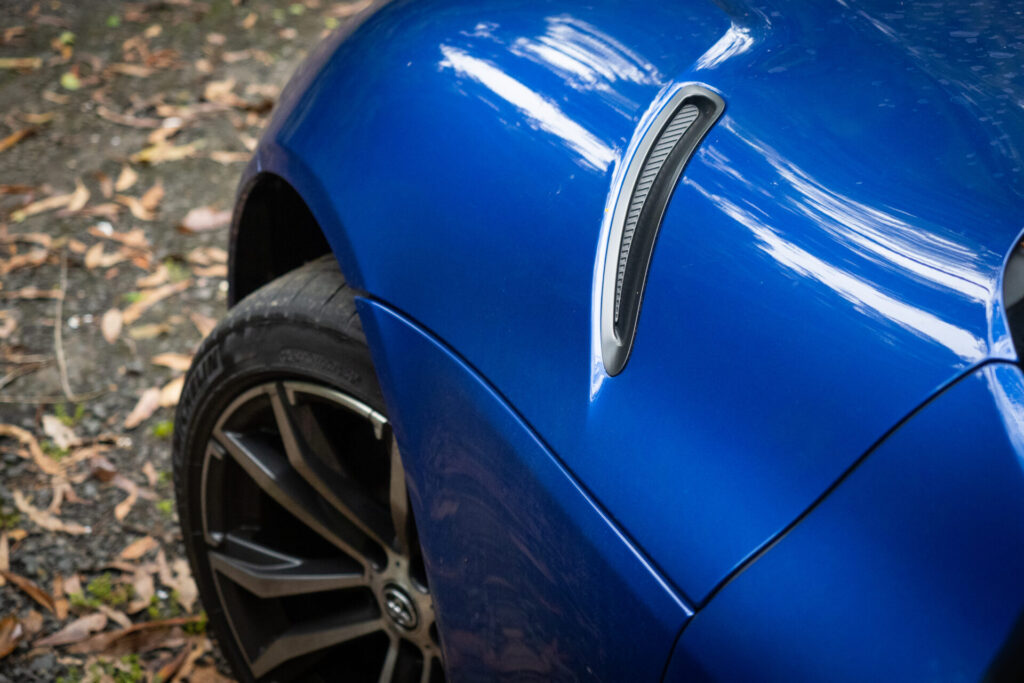
I am a particular fan of the way the bonnet rolls so far down over the arches. It screams race car clamshell without actually being a clamshell. When Matt asked me how I wanted it shot I said, “At rest. We don’t even need shots of it driving, really.” The rain and mist and Matt’s undeniable eye have made me love this car even more. If I was allowed, one of these shots would be on my wall, right next to one of Blake’s shots of the Vantage.
Interestingly, my description of the Supra being a Z4 with a hat comes from one of the early cars and echoes a reference I once made to the Jaguar F-Type coupe. Both cars are based on convertible-first structures and are internally compromised as a result. Strict two-seaters, not much room for luggage and a roof that liked to squeak.
The first Supra I drove many moons ago – how my wife loved that car and how that feeling was ruined by ute-driving yahoos screaming at her – squeaked madly, in a very un-Toyota way. In squeaked in a Jaguar F-Type coupe way, which is to say it did but you forgave it because good lord it was pretty. This 2024-built example was tight as a drum and I assume this propensity to squeak was fixed long ago.
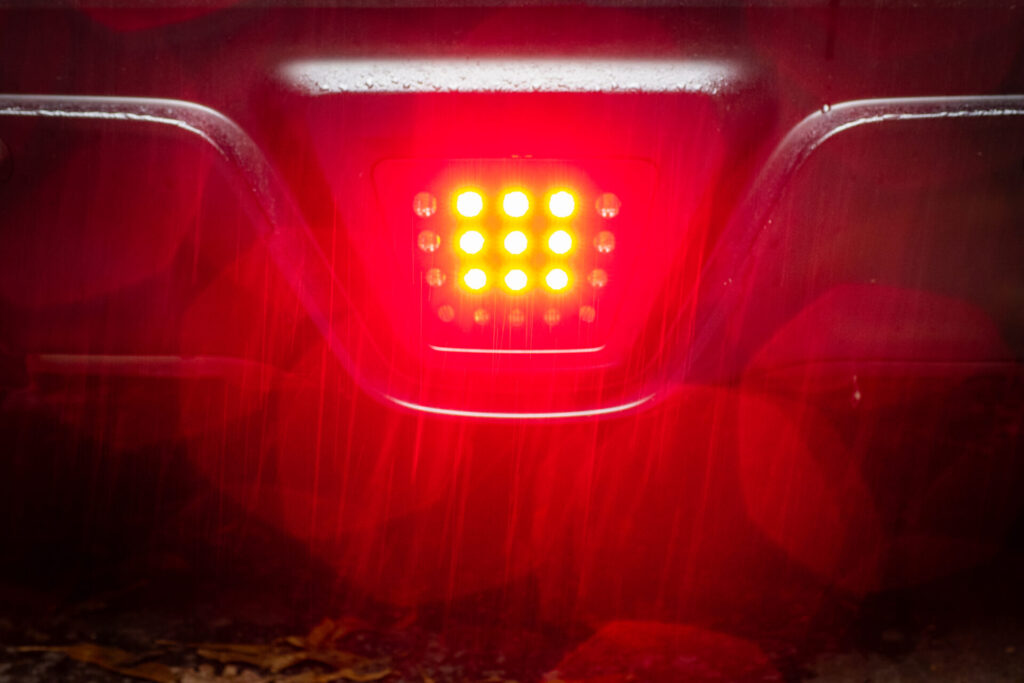
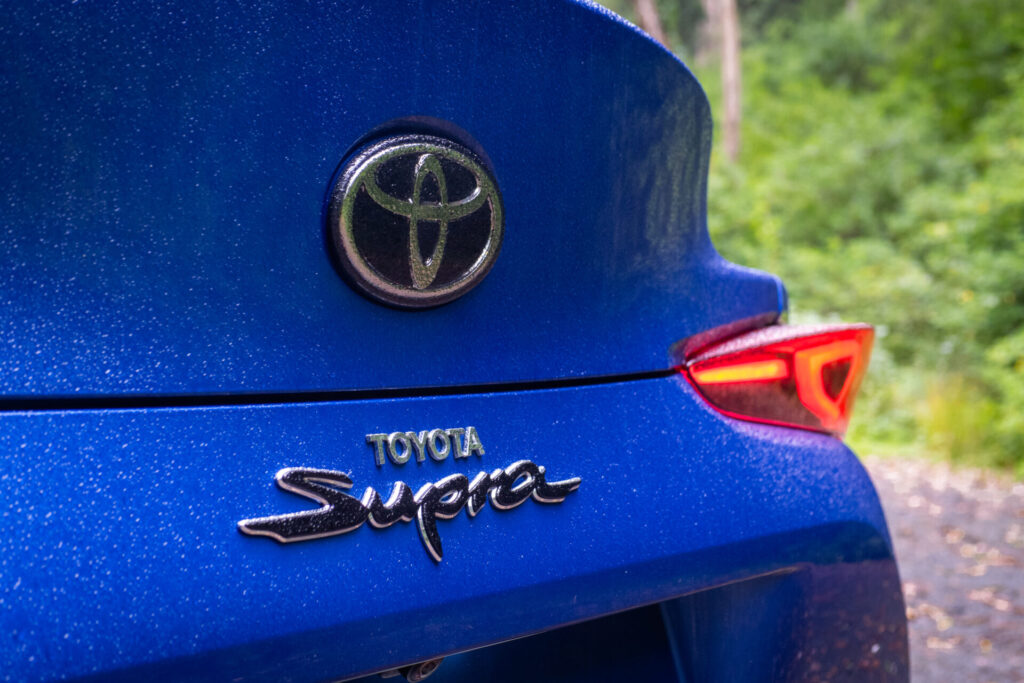
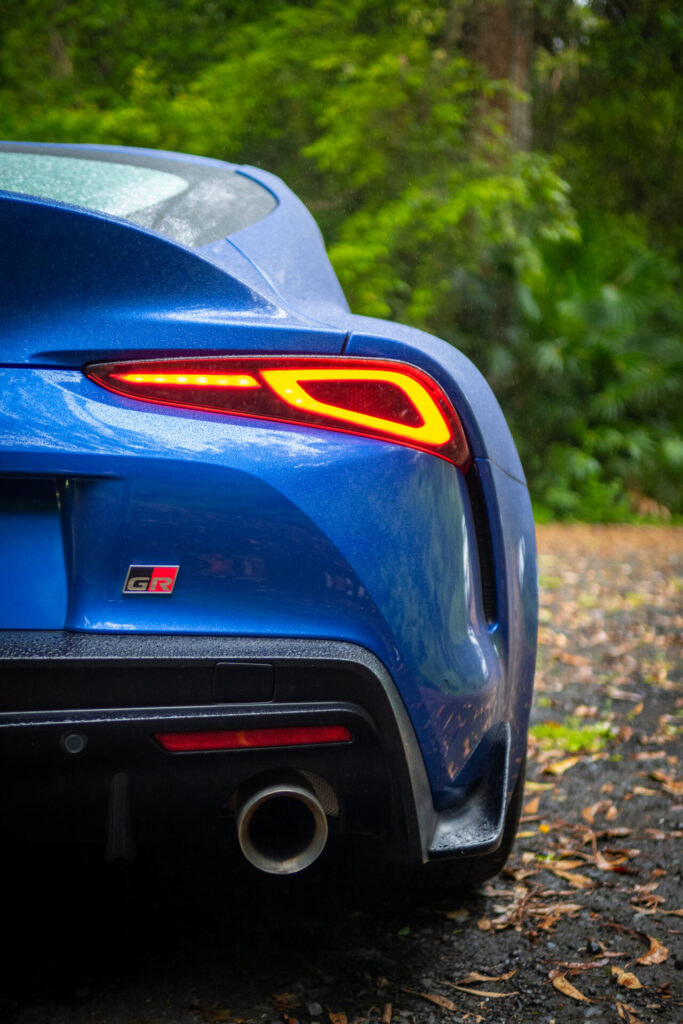
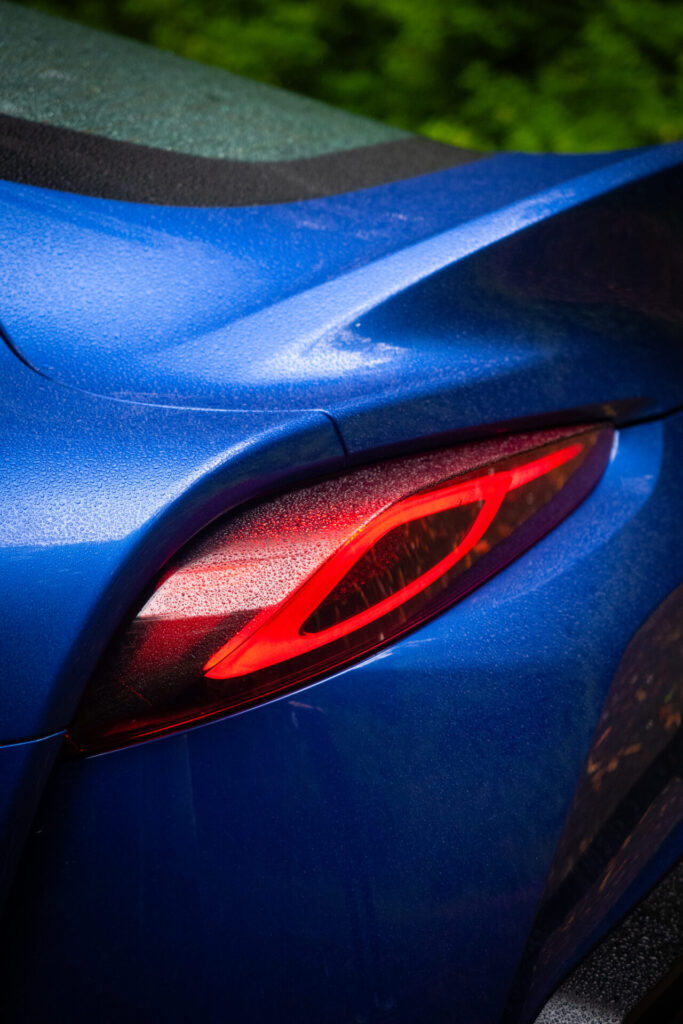
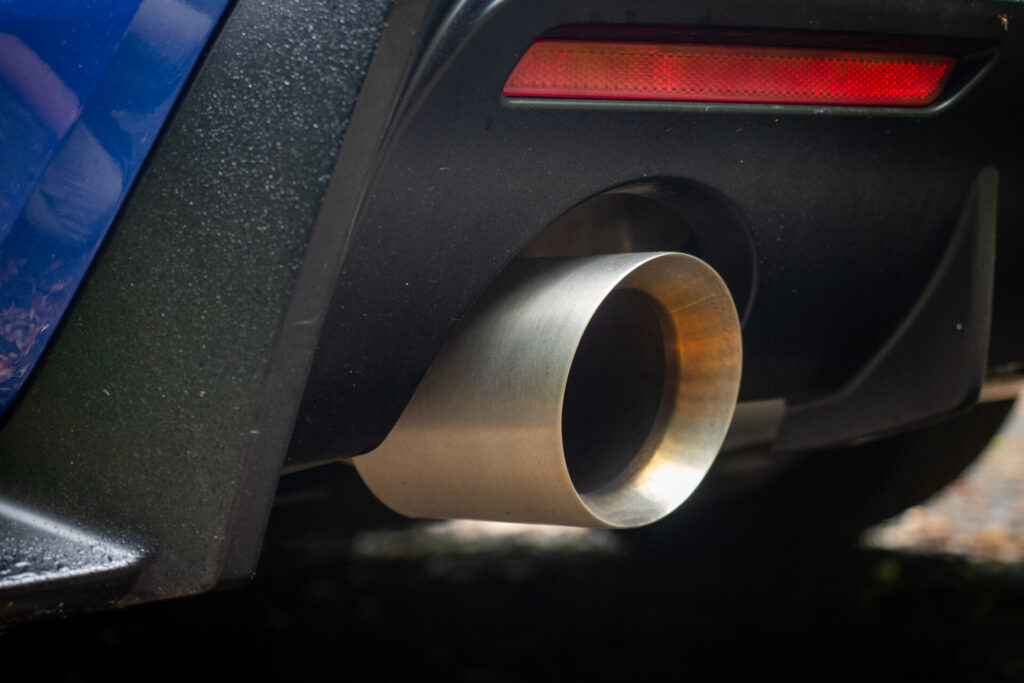
Just look at these gorgeous details – the shape of the lighting elements, the bevelling of the exhaust pipe, the Supra script on the boot, the F1-like1 fog light with the LEDs for the reverse light as a frame. Just some incredibly fine work that we see because it’s there and it all just works. You can just see the designers had so much fun and freedom, led by Nobuo Nakamura. Yes they had the FT-HS and FT-1 inspiration to work from but this is a rare 2020s-era car that is genuinely beautiful. And it’s under a hundred grand in Australia, at least in GT form. And only a bit over in GTS form.
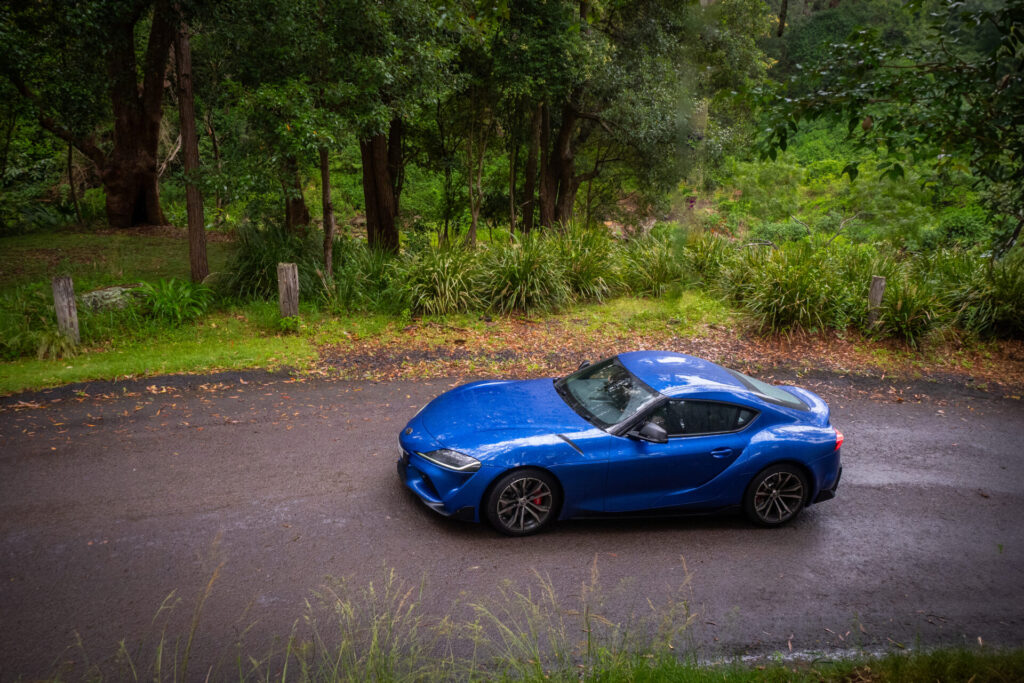
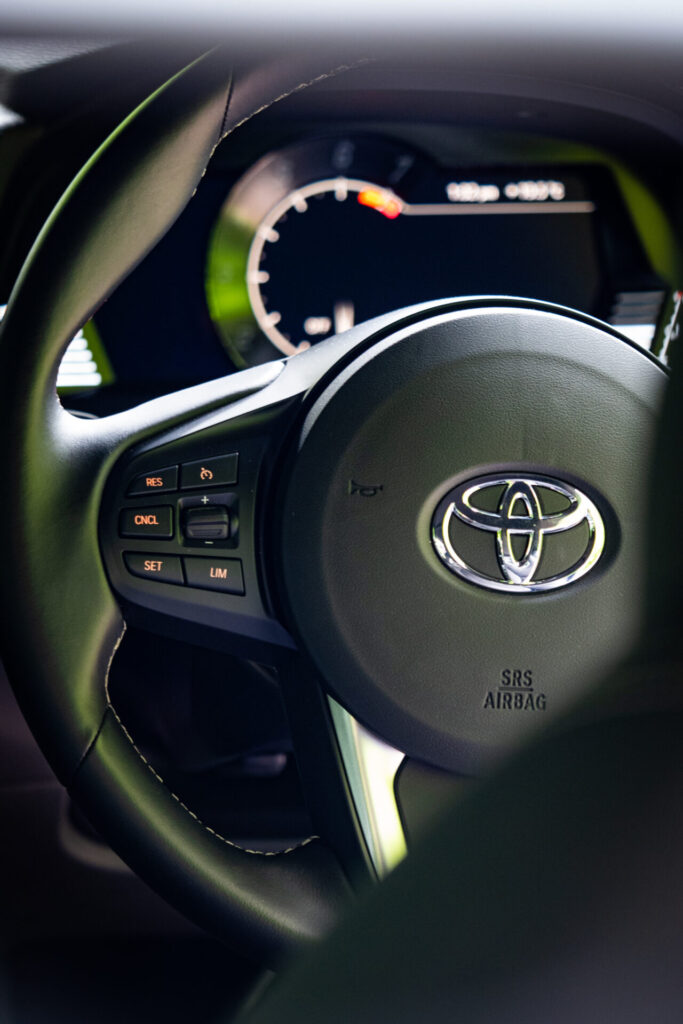
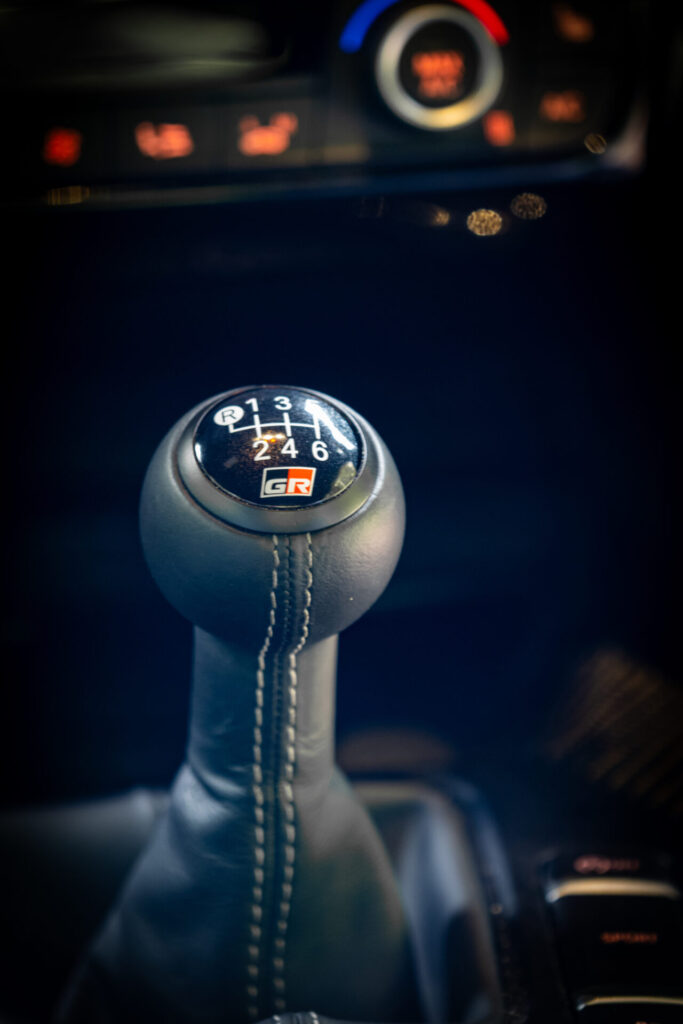
Under that long bonnet is BMW’s gorgeous B58. I have mentioned the B58 in my X3 M50 review and I don’t care if you made fun of me. It’s an incredible engine and here in the Supra is good for 285kW between 5800-6500rpm (the early cars had 250kW and the Supra was almost immediately upgraded for 2021 in line with the Z4’s power bump). Torque is a nice round 500Nm between 1800 and 5000rpm.
For the manual, Toyota had to work hard. It took the same ZF six-speed in the Z4 and, er, made it nice. To be fair, in the Z4 it’s ok but the clutch placement means my size 10 (Euro 43) brushed the steering rack. Co-pilot Mark didn’t like the manual Supra at all and when he had a brief spin in this exact car before I had it and came away with the same opinion – he doesn’t like it. He disliked it so much in fact, that he didn’t drive it this time. He was happy for me to lead the way.
I, however, did love it. The pedal placement seems better in the Supra, which honestly wouldn’t be hard. The clutch action wasn’t exactly to my taste and the ZF is like it is always was – good but not great. Not Fiesta ST great, not Mazda MX-5 great, just good. Feels unburstable, though.
Working so well with the revvy straight-six, the Supra is just perfect for a midnight blast. The big LEDs light the darkness, the big Michelins bite the ground and only come unstuck when you tell them to. The power on a hard launch is perfection but never feels overdone – I don’t need more, it’s exactly where it should be.
The seats are supportive, everything works fine and the stripped back mix of Toyota and BMW is still a bit odd but nothing you can’t live with.
When you are on it, this car just delivers and delivers, with a lovely front end that just wants to go where you point it. I love practically sitting on the rear wheels and being down so low. Not just because I seem to spend my life six feet in the air in a Chinese SUV wondering how I’m going to explain the terribly calibrated safety systems but because it’s so right.
I love the way the brakes feel great and haul the speed off. I love the way the rear hangs on if you want it to and the front stays where it is when you punish the rear tyres. The diff is beautifully set up for the road.
As is the suspension. It works so well under duress as well as on the commute. Potholes aren’t terrifying and the solidity and stiffness of the chassis is a testament to its fundamental engineering depth.
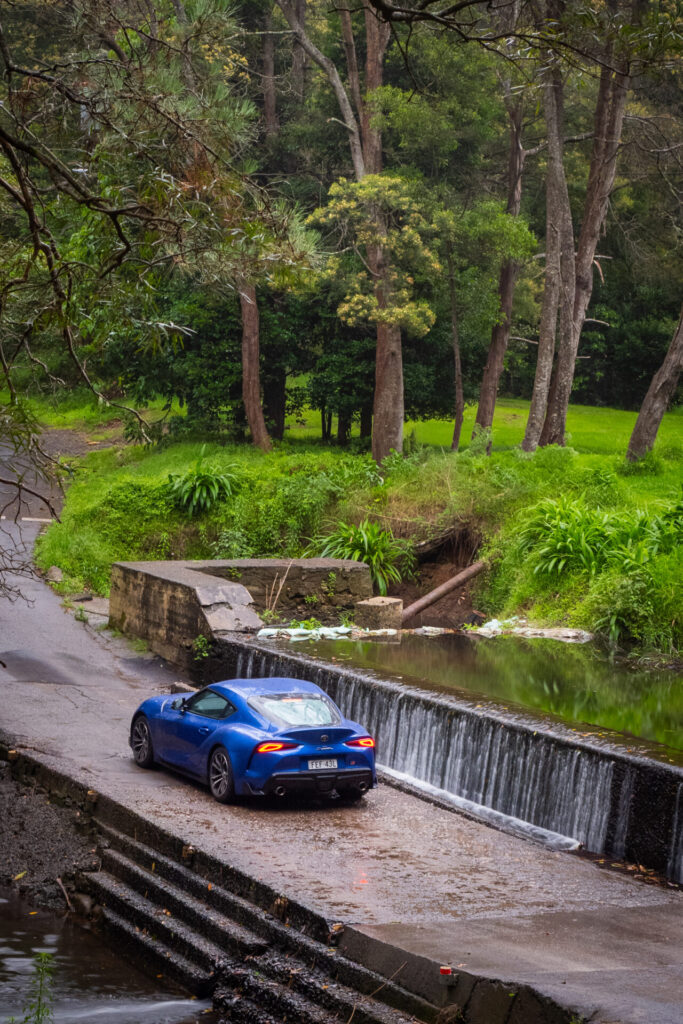
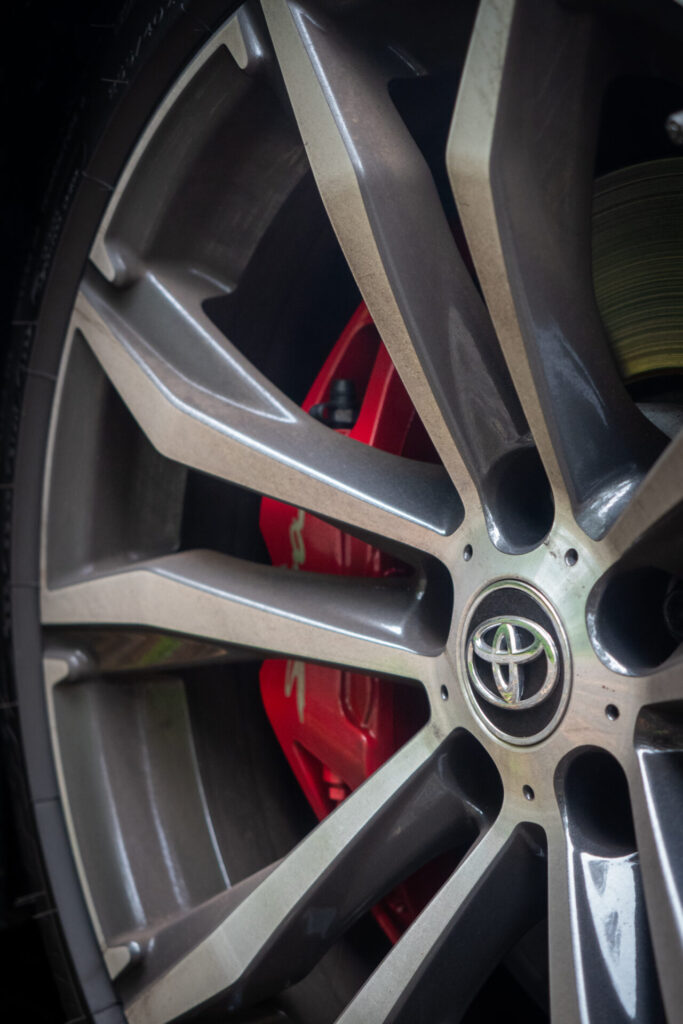

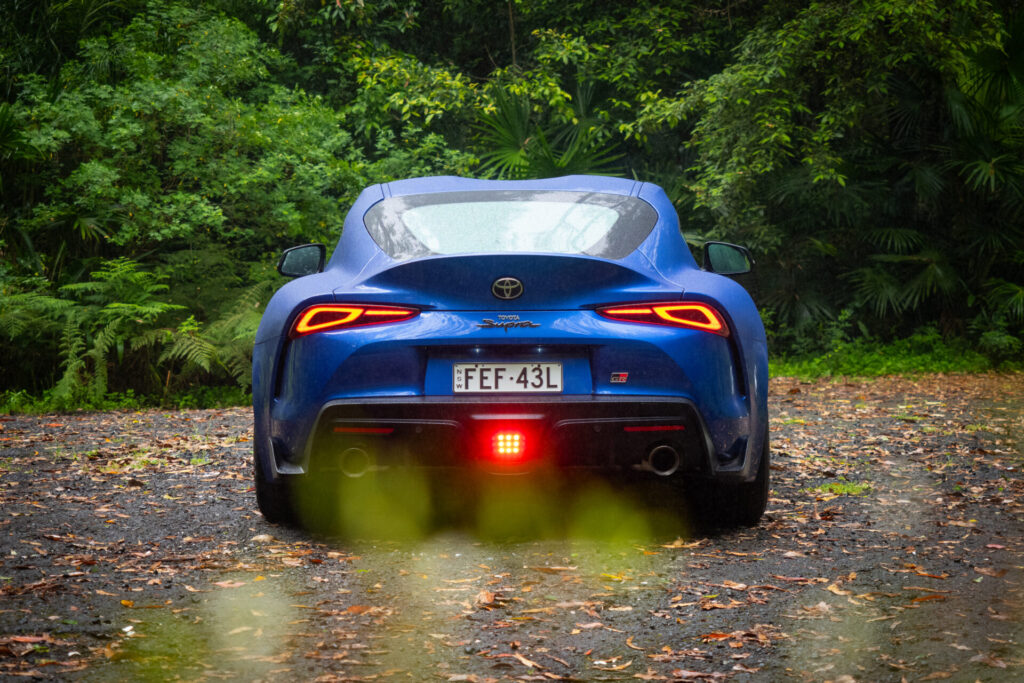
Sales are falling, however, all over the world. The US and Europe have lost interest and it’s a sign of the ailing sports car market that just isn’t interested in things that aren’t Porsches. Very often great cars fall by the wayside and this is most definitely a goodbye to the Supra, hence my intention to have the photos portray a stillness.
The imminent departure of the Supra is a genuine shame because this thing can take it to cars a lot more expensive. It’s more fun to drive than most things on the road and given its petite cabin, still manages to be practical enough to be a daily. And that’s not something to sniff at – in these pricey times, having a car that can be this much fun but also drag you to work in the morning without either being compromised means you don’t have to compromise. No, it won’t take the family to the beach but you know what I mean.
I would have a Supra in a heartbeat. I want to own a Supra before I get too old to enjoy it. Would I have the manual? No, I don’t think so. If we were talking about the 86, it’s no contest. But the Supra’s eight-speed is everything you could ever need and plays along with you the way you want. While Toyota worked hard to improve the frankly dire manual gearboxed Z4s, I’m not quite sure it was enough for me.
Either way, though, the A90 Supra remains utterly desirable six years into its life. It feels shorter than that – partly because of the pandemic, partly because life is moving fast these days – but the Supra has made its mark on the automotive landscape once again. The Z4, with which the Supra shares its Austrian production line at Magna Steyr, will die next year with no successor in sight.
The Supra, though, looks to be headed for a new life as a hybrid, rear-wheel drive four-cylinder. It might be good, it might be great. But with the last of the mighty six cylinders fading into the night of emissions regulations, the A90 will surely be endlessly sought after.
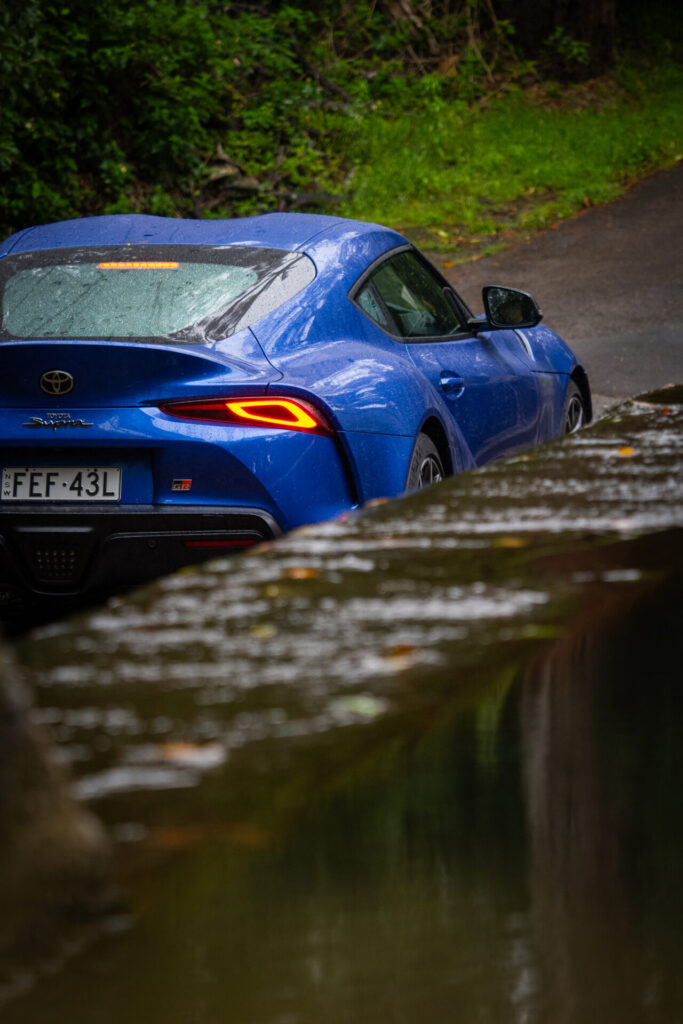
- Yes I know they’re rain lights in F1, but it looks like the rain light. ↩︎
